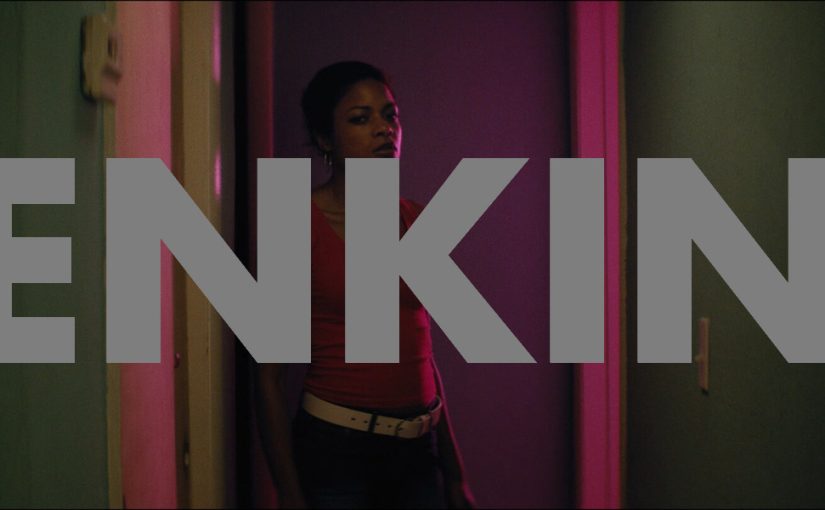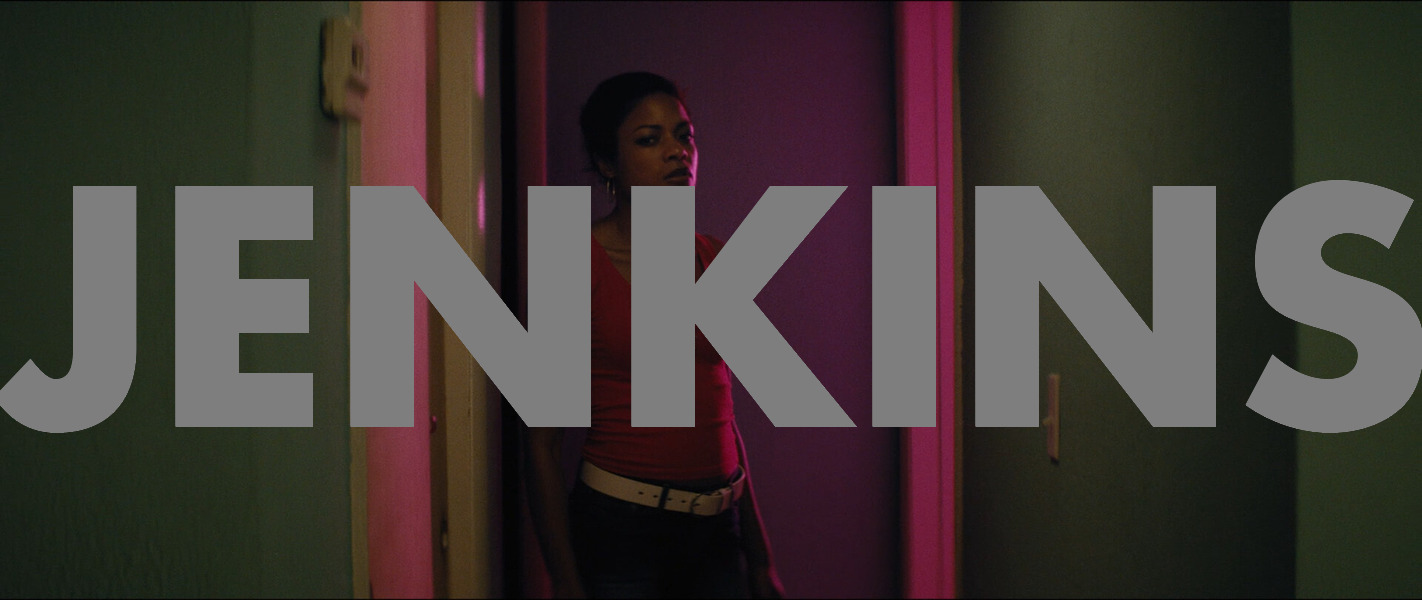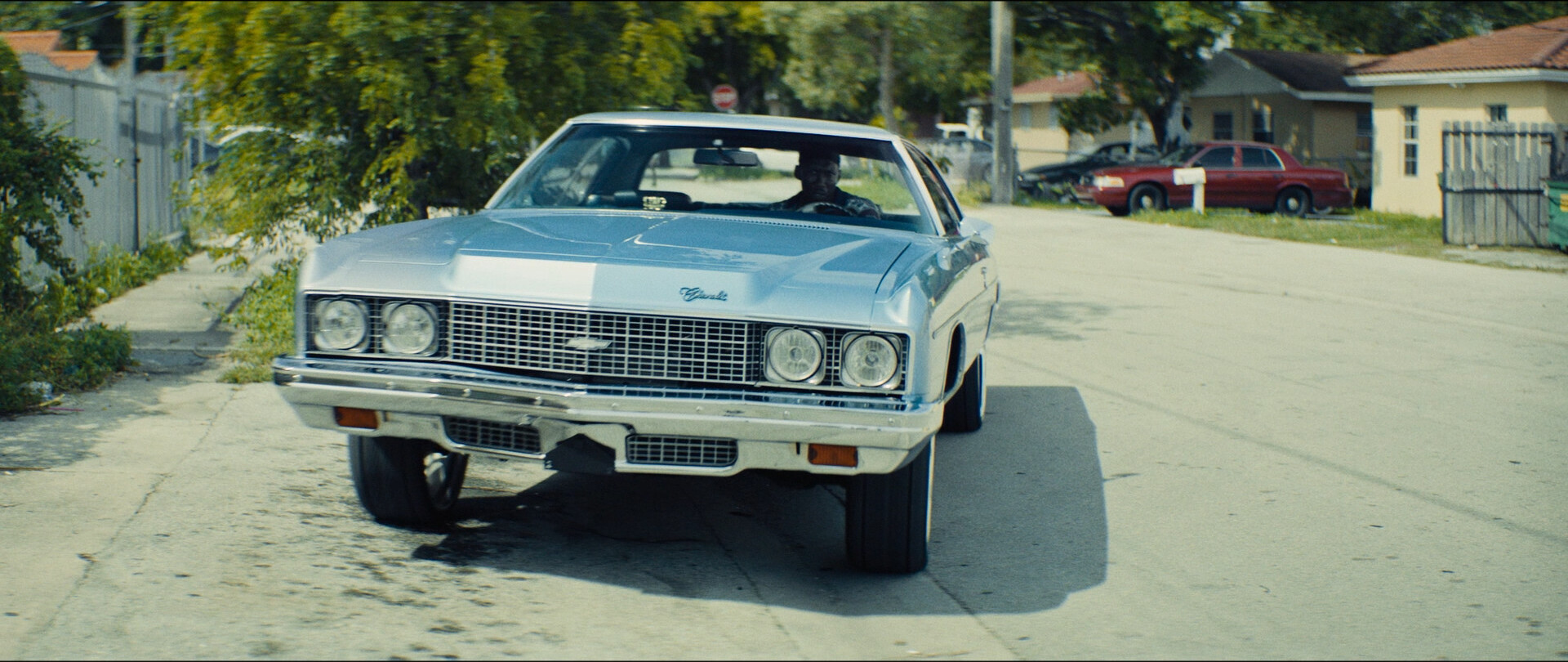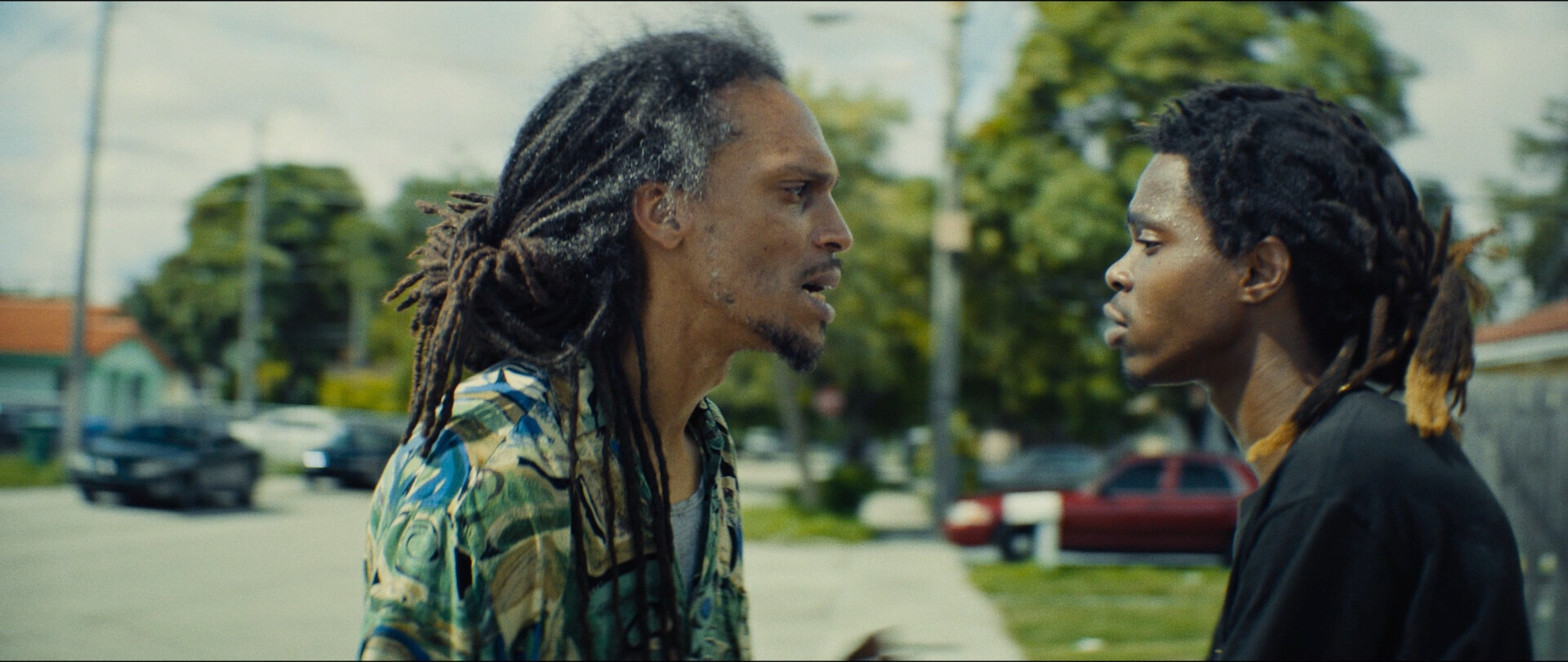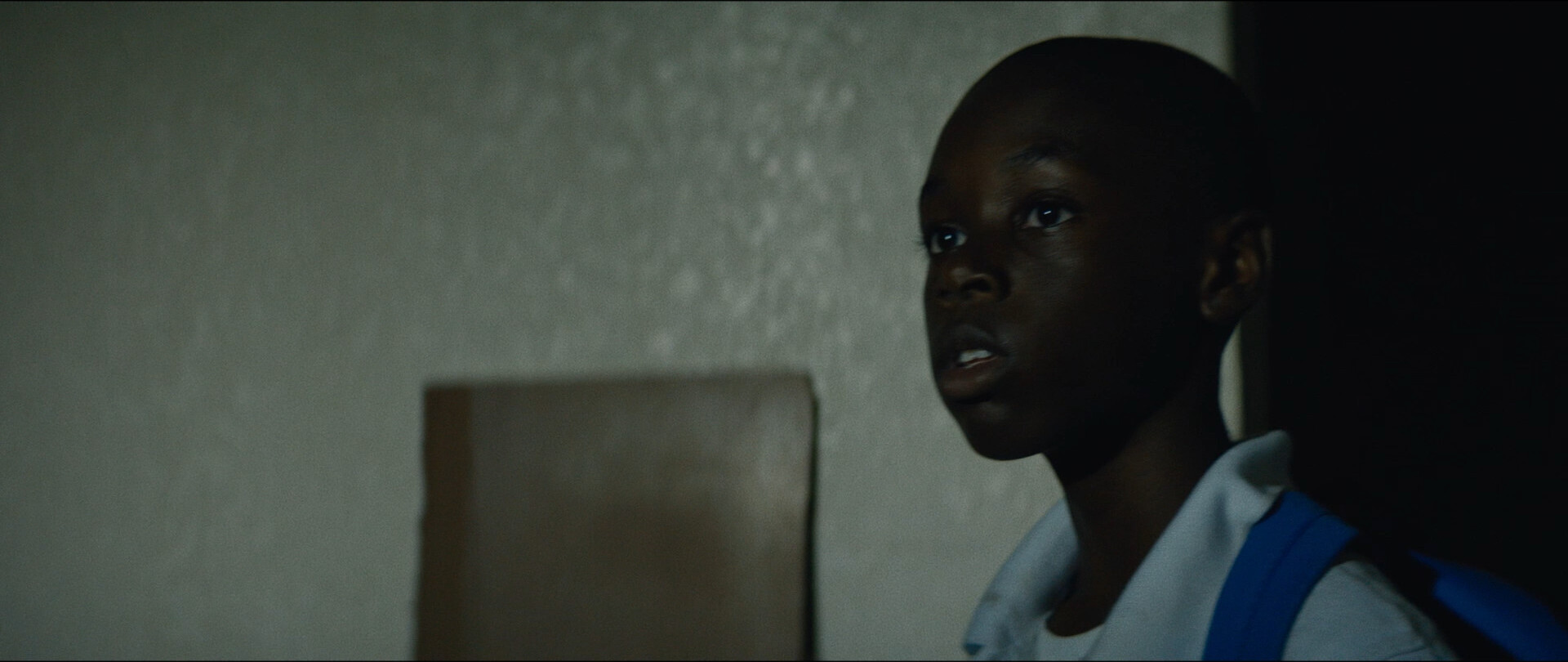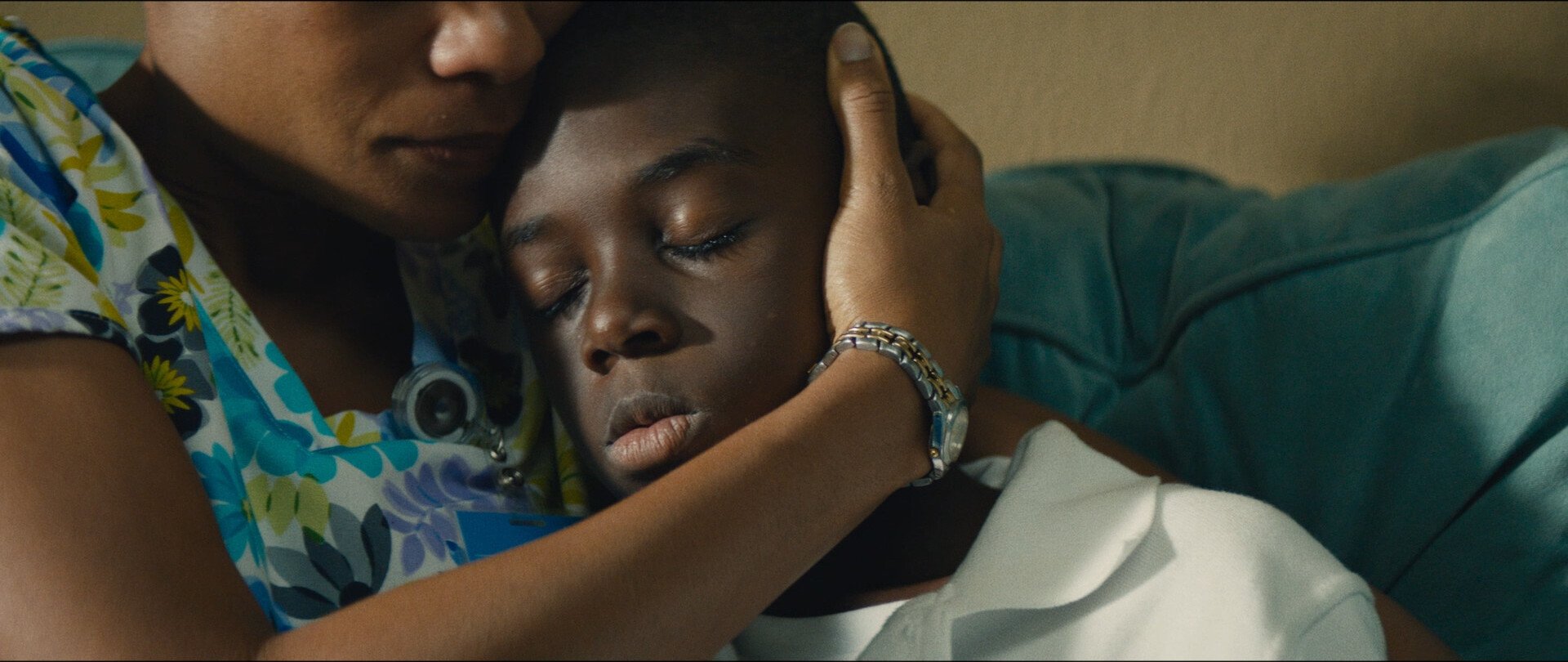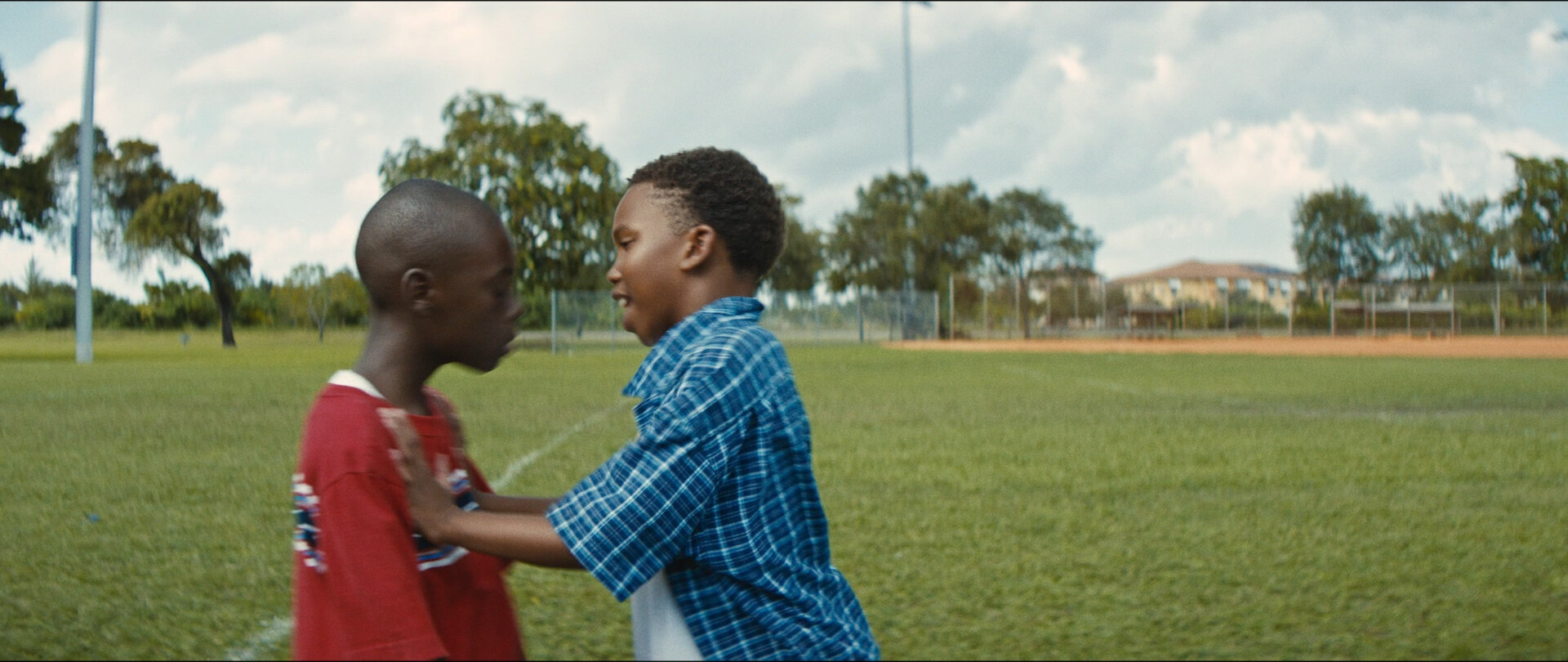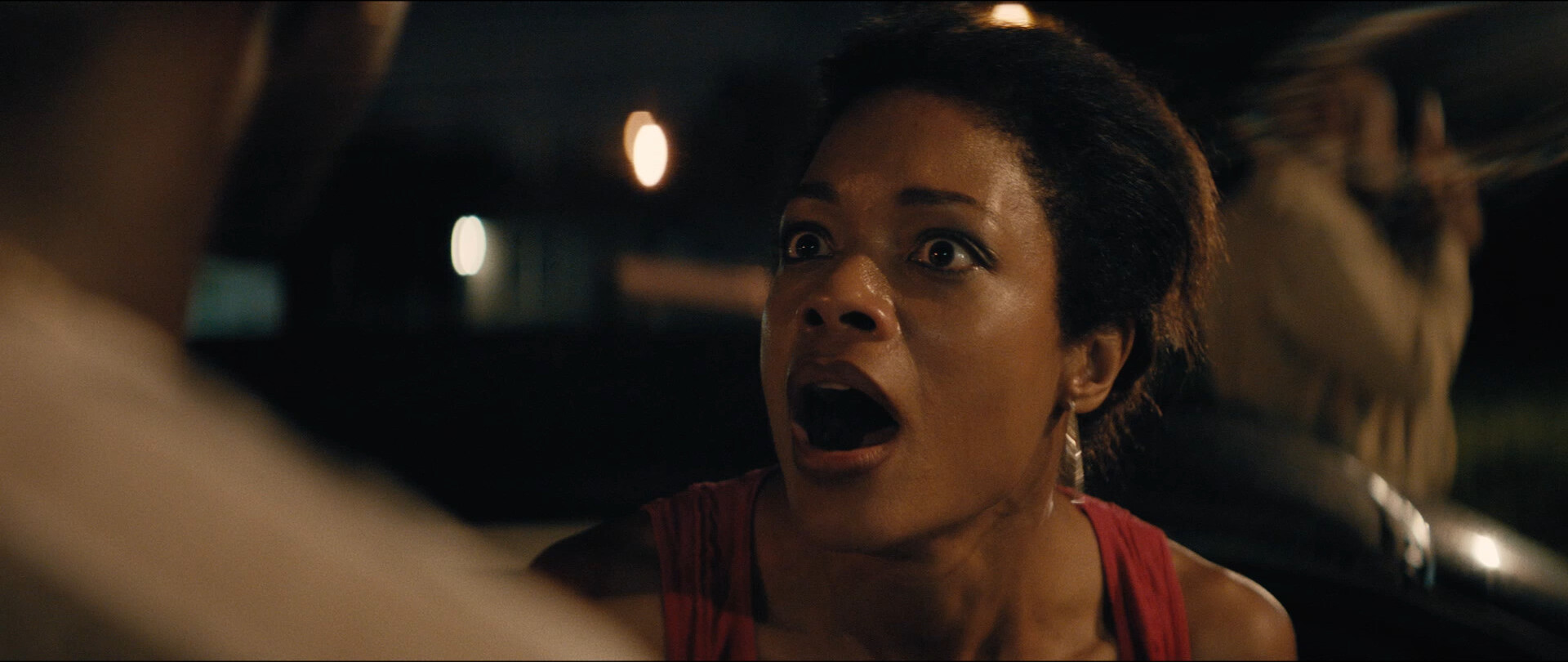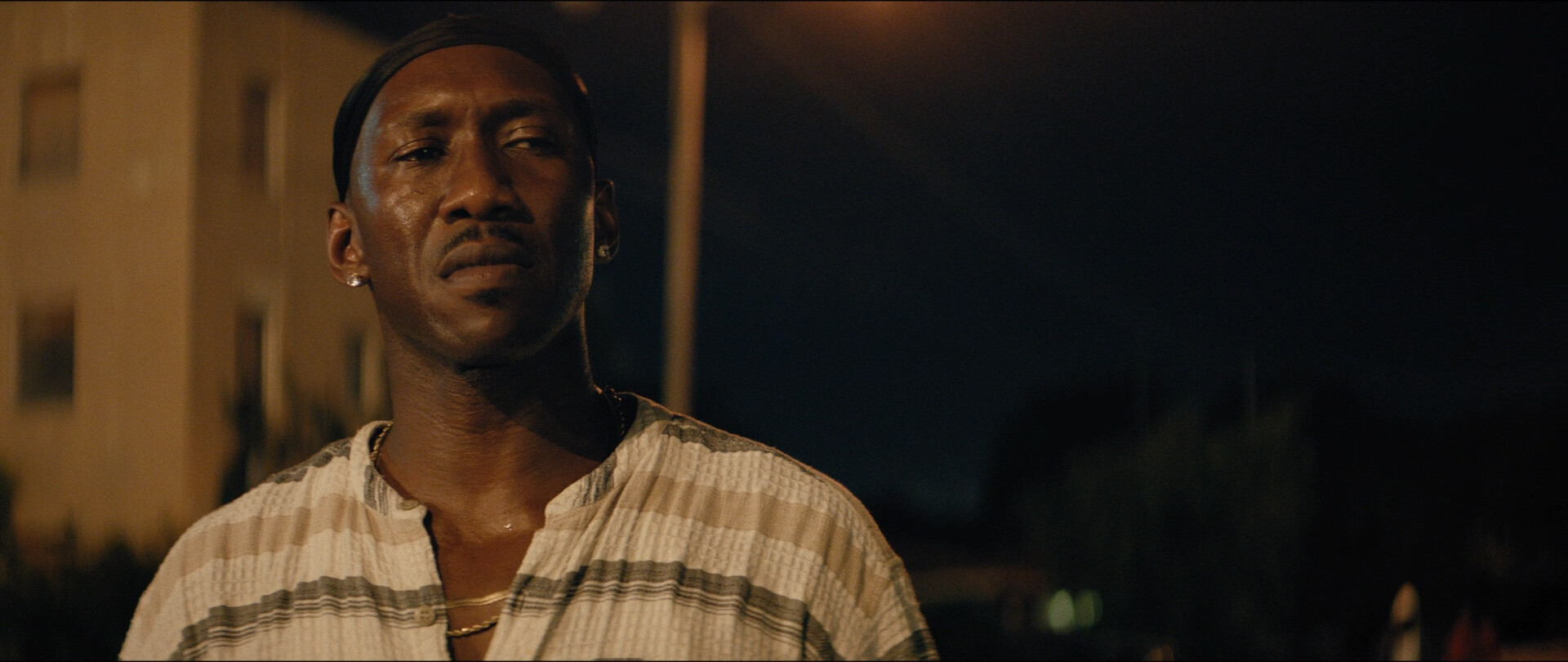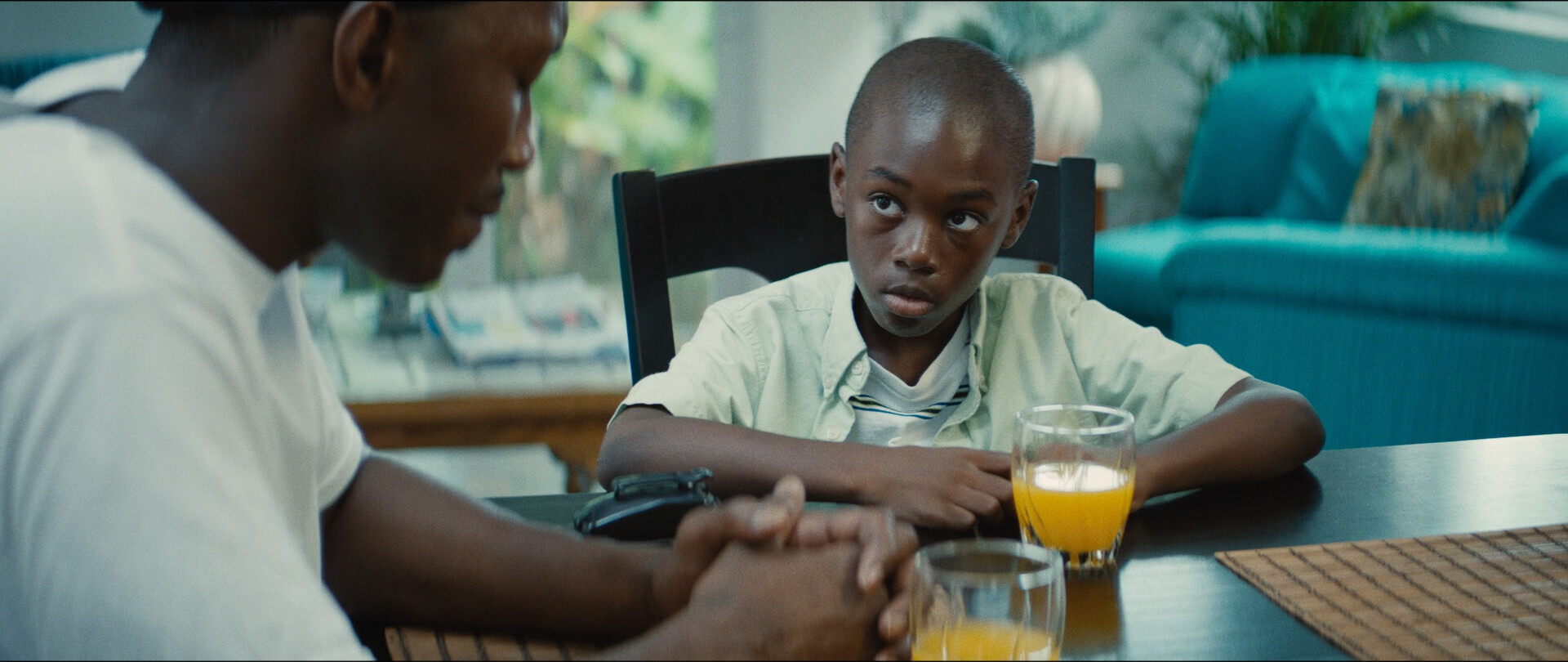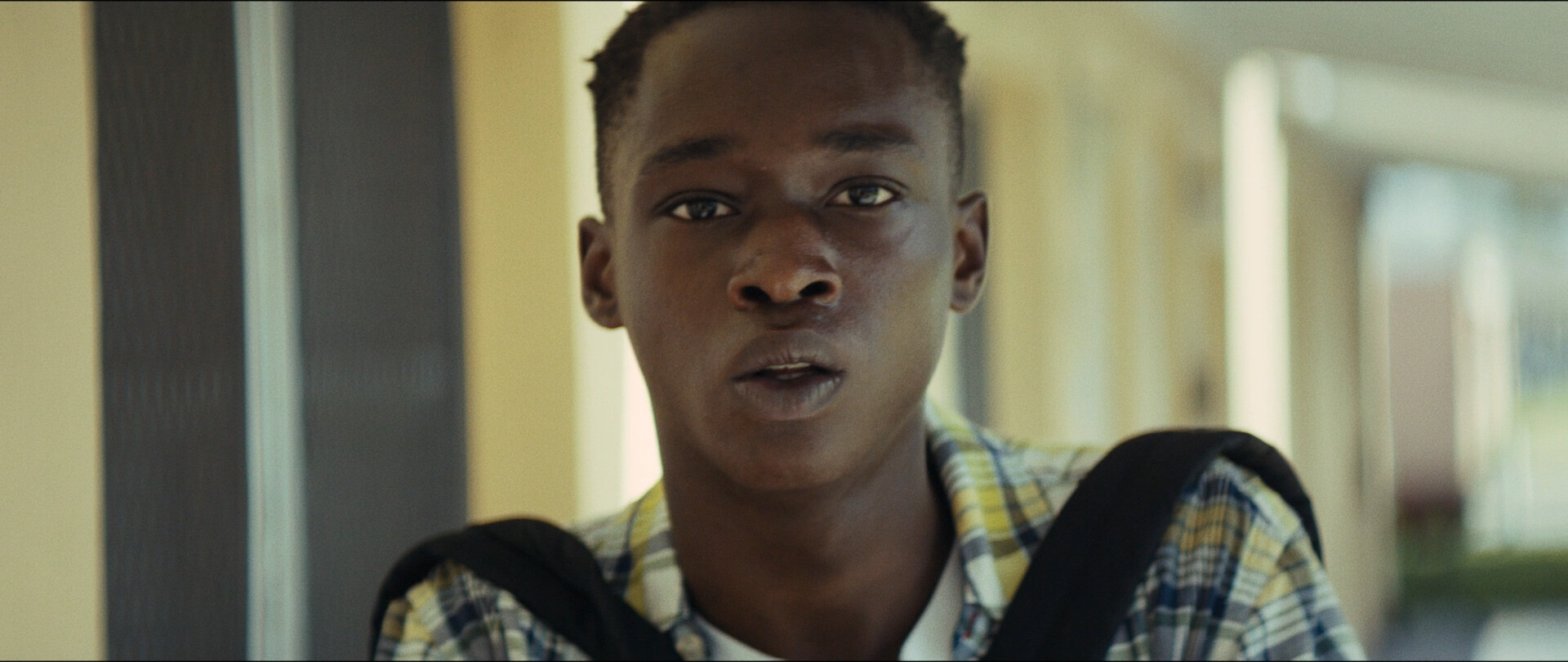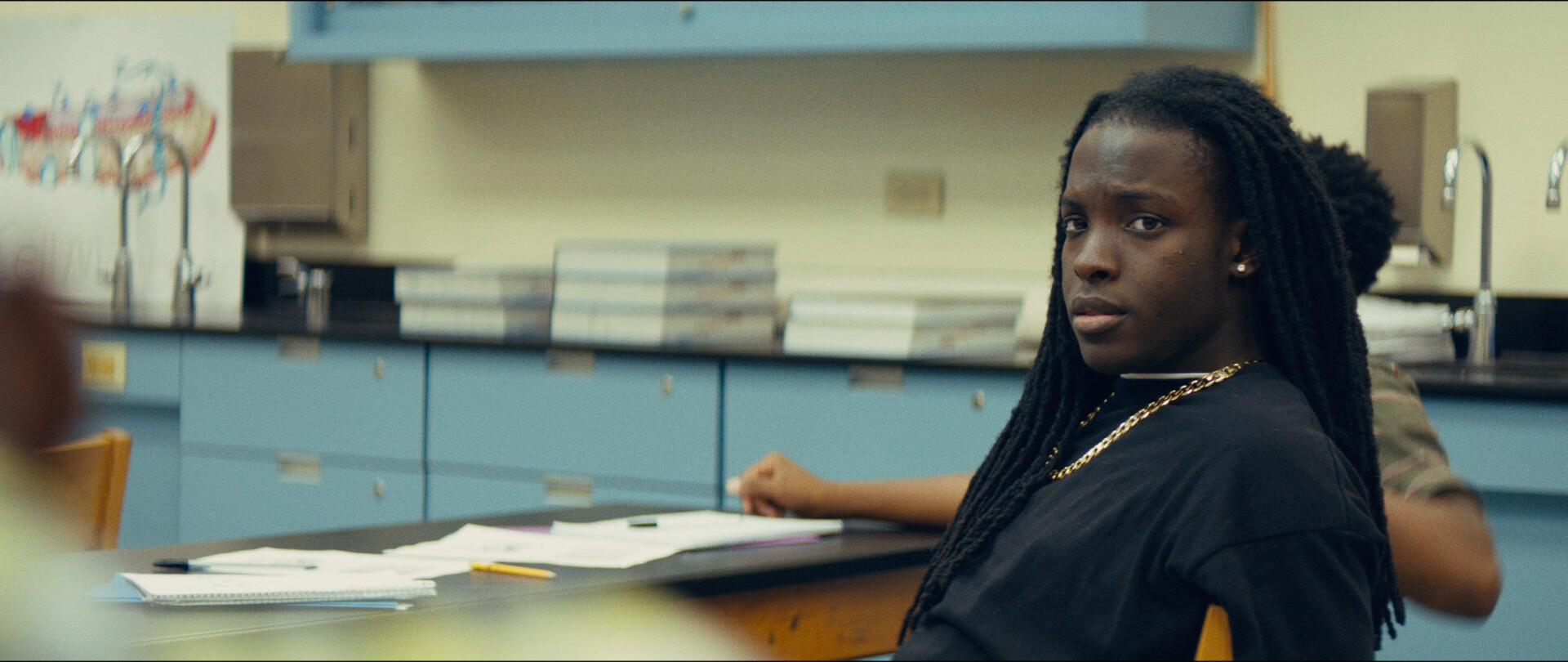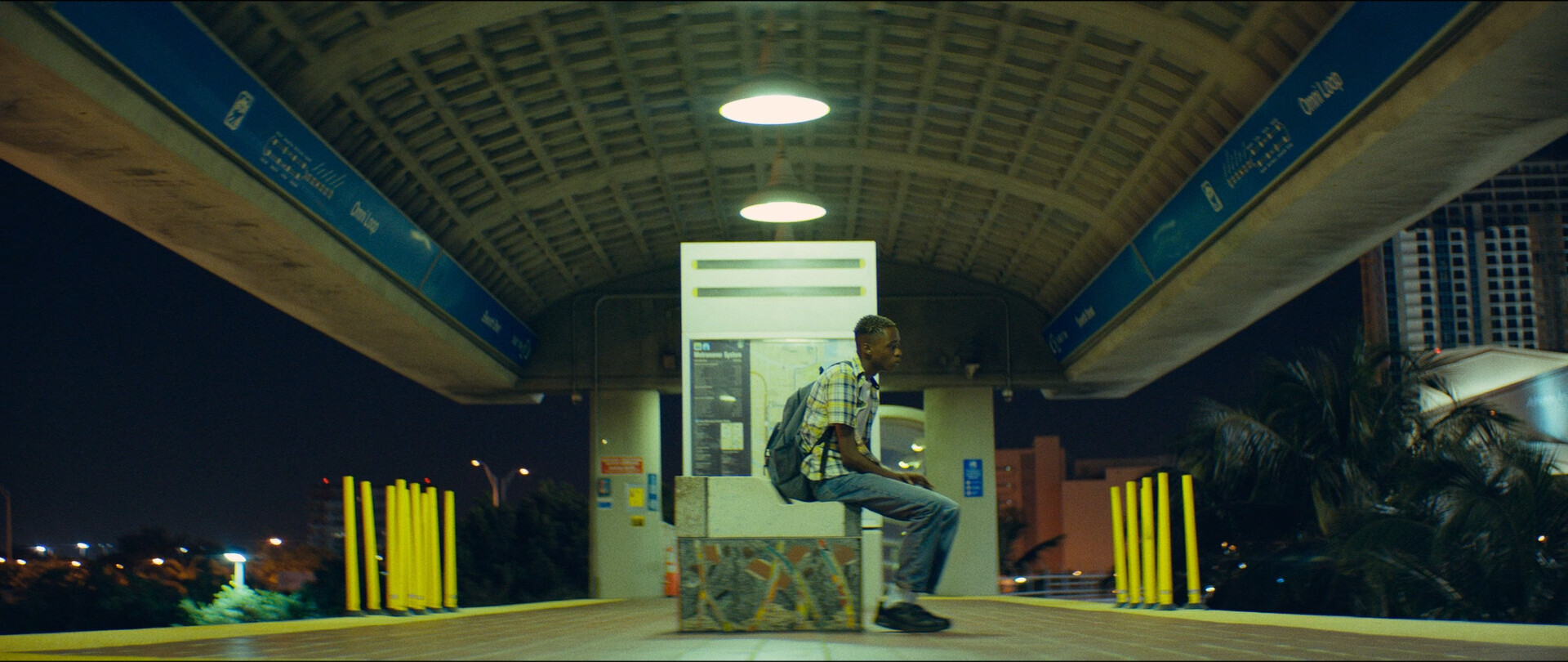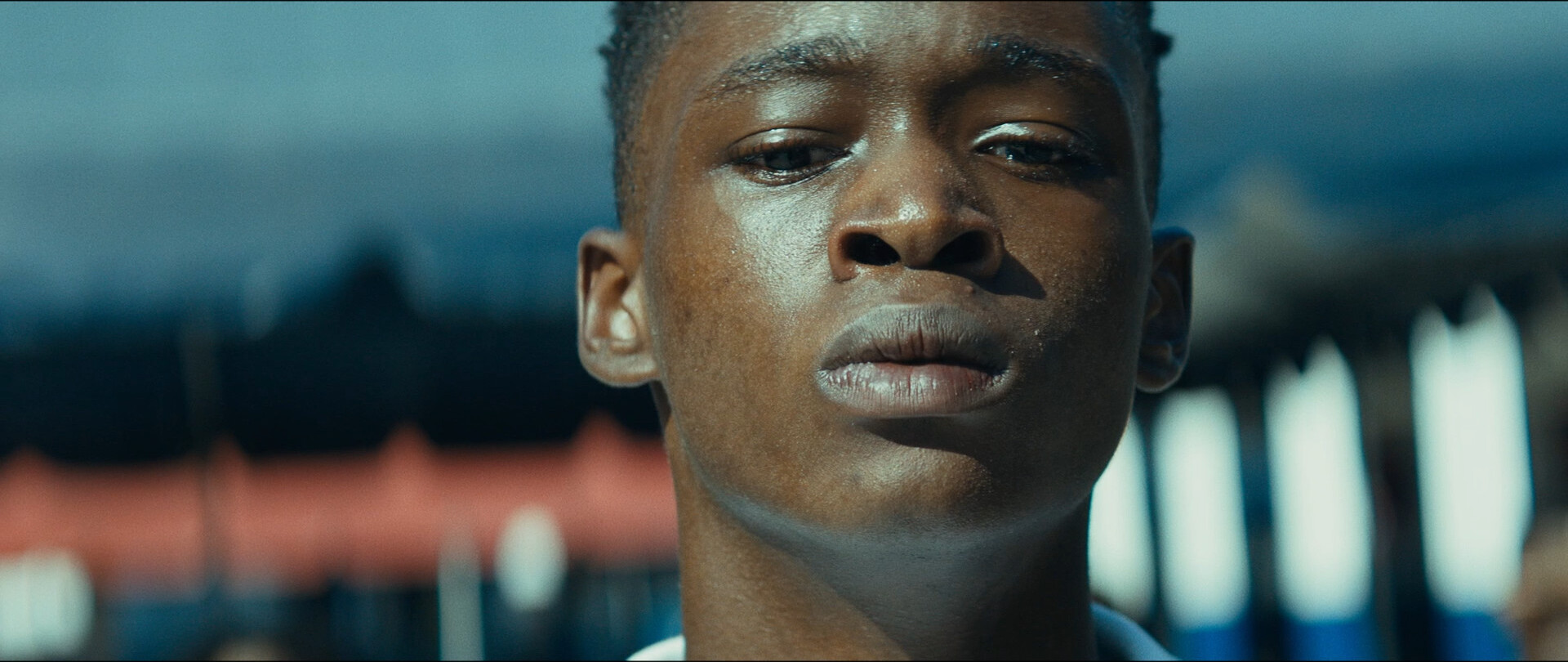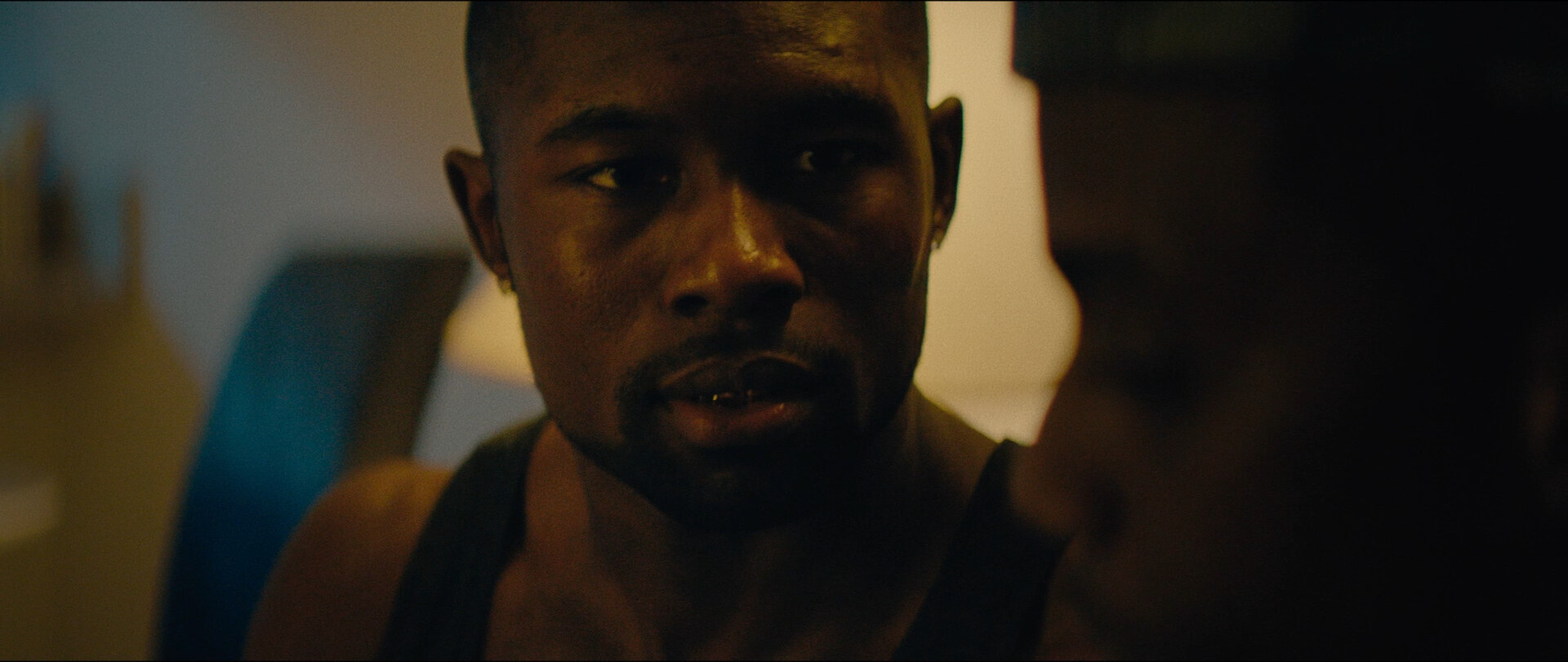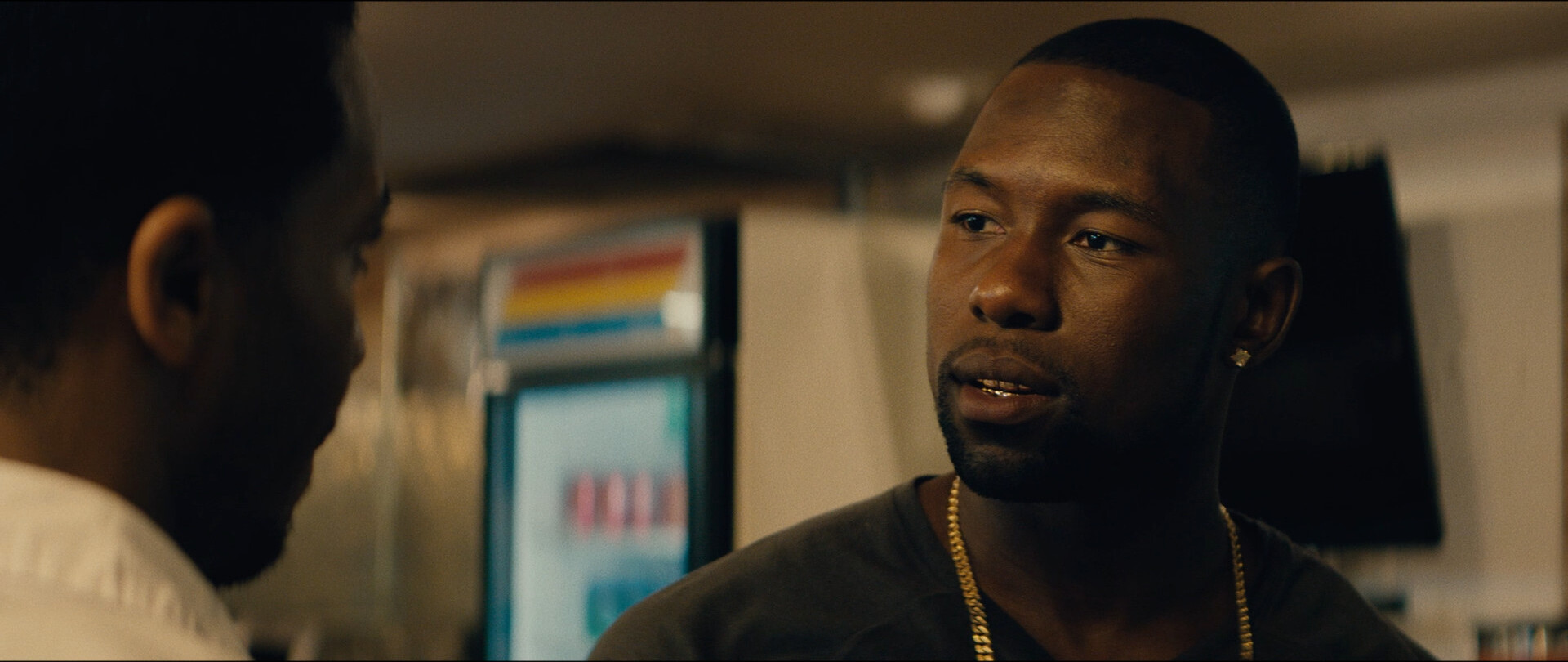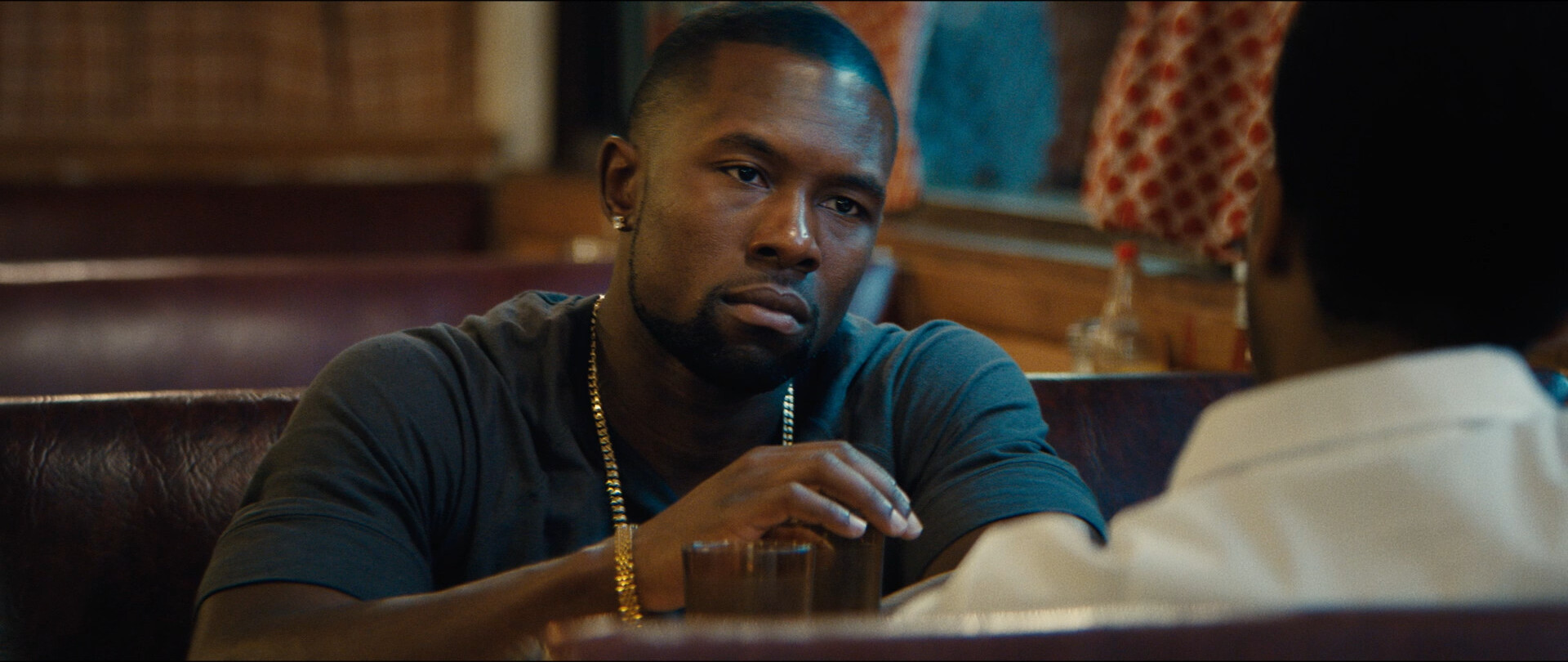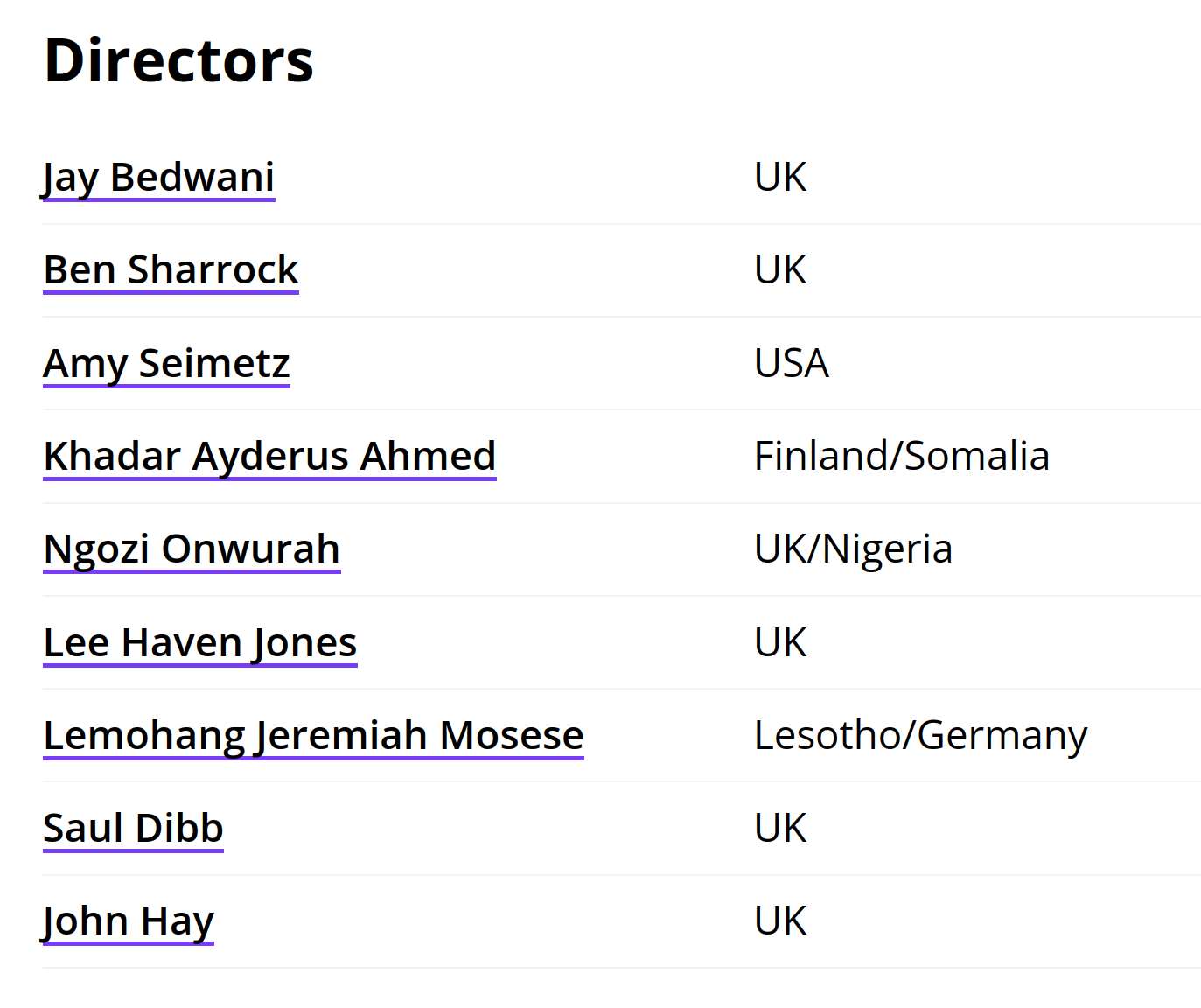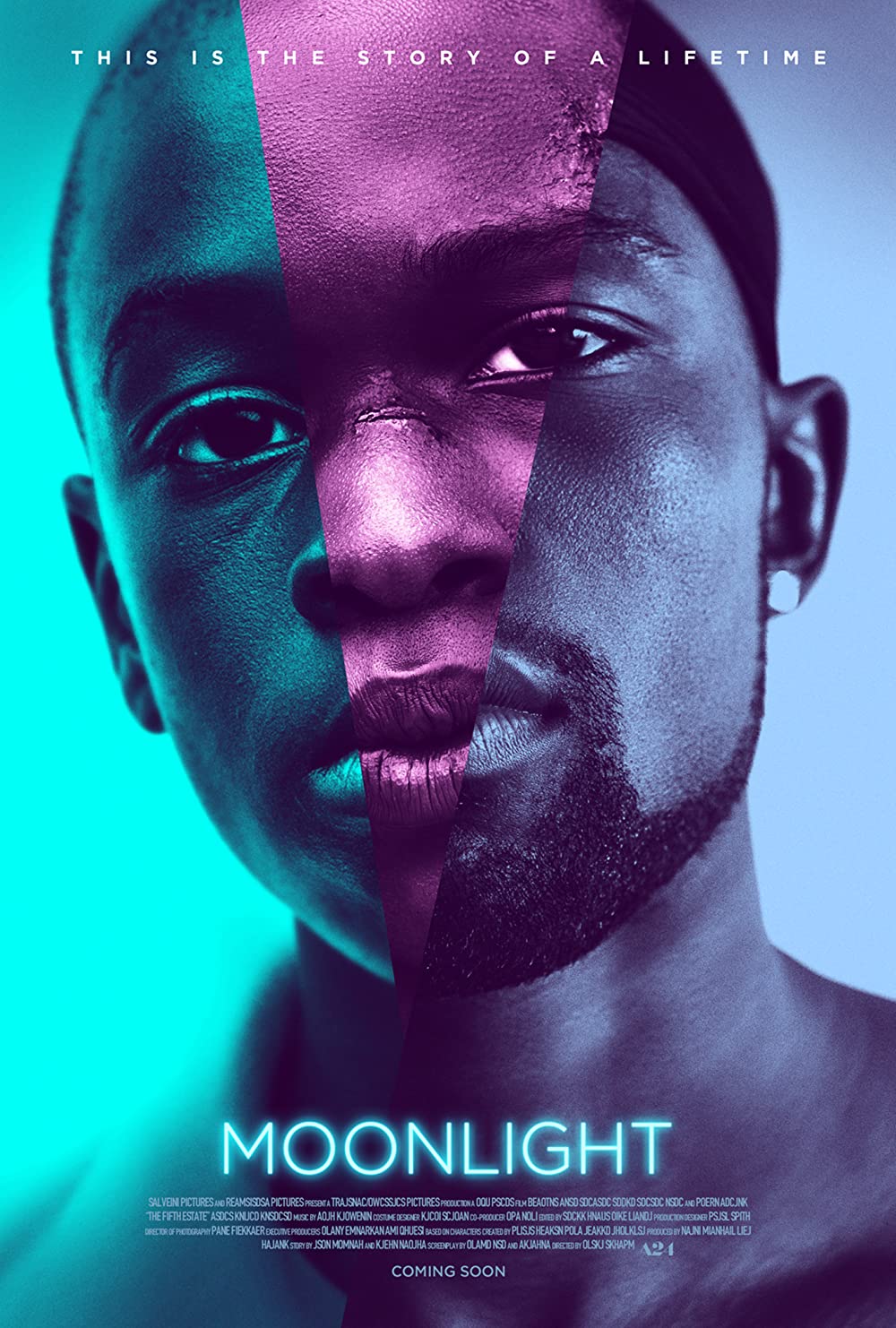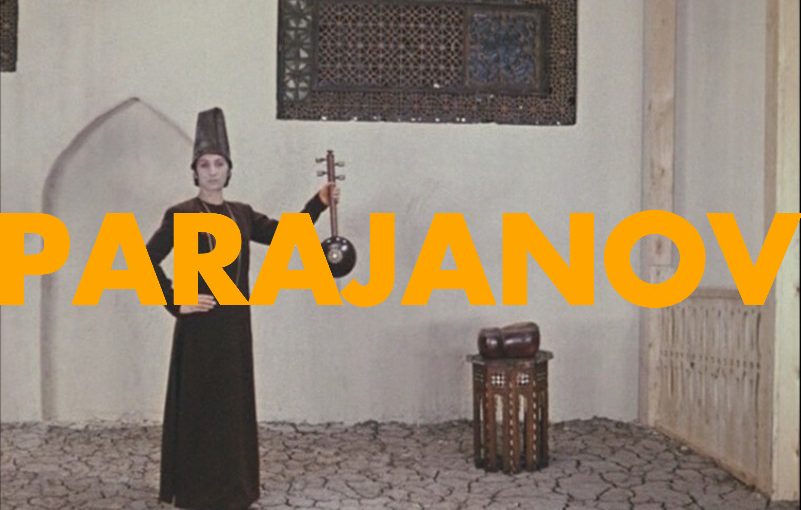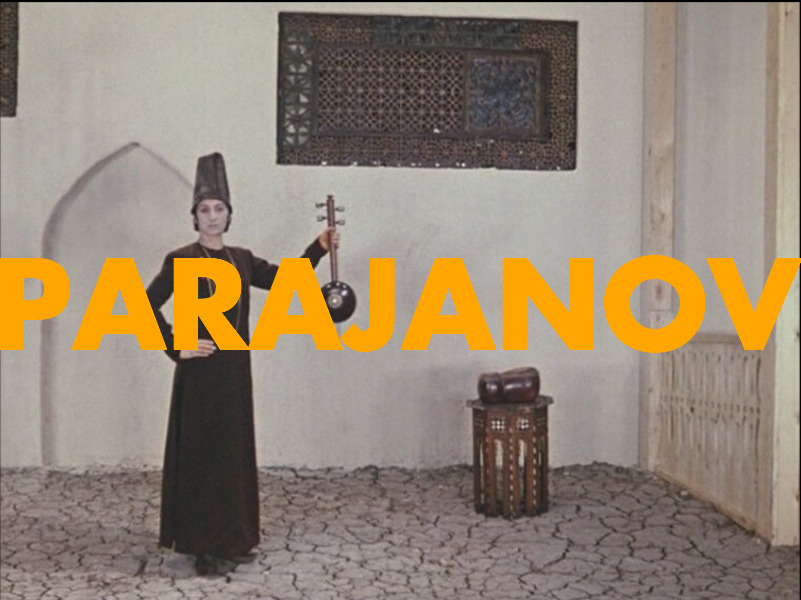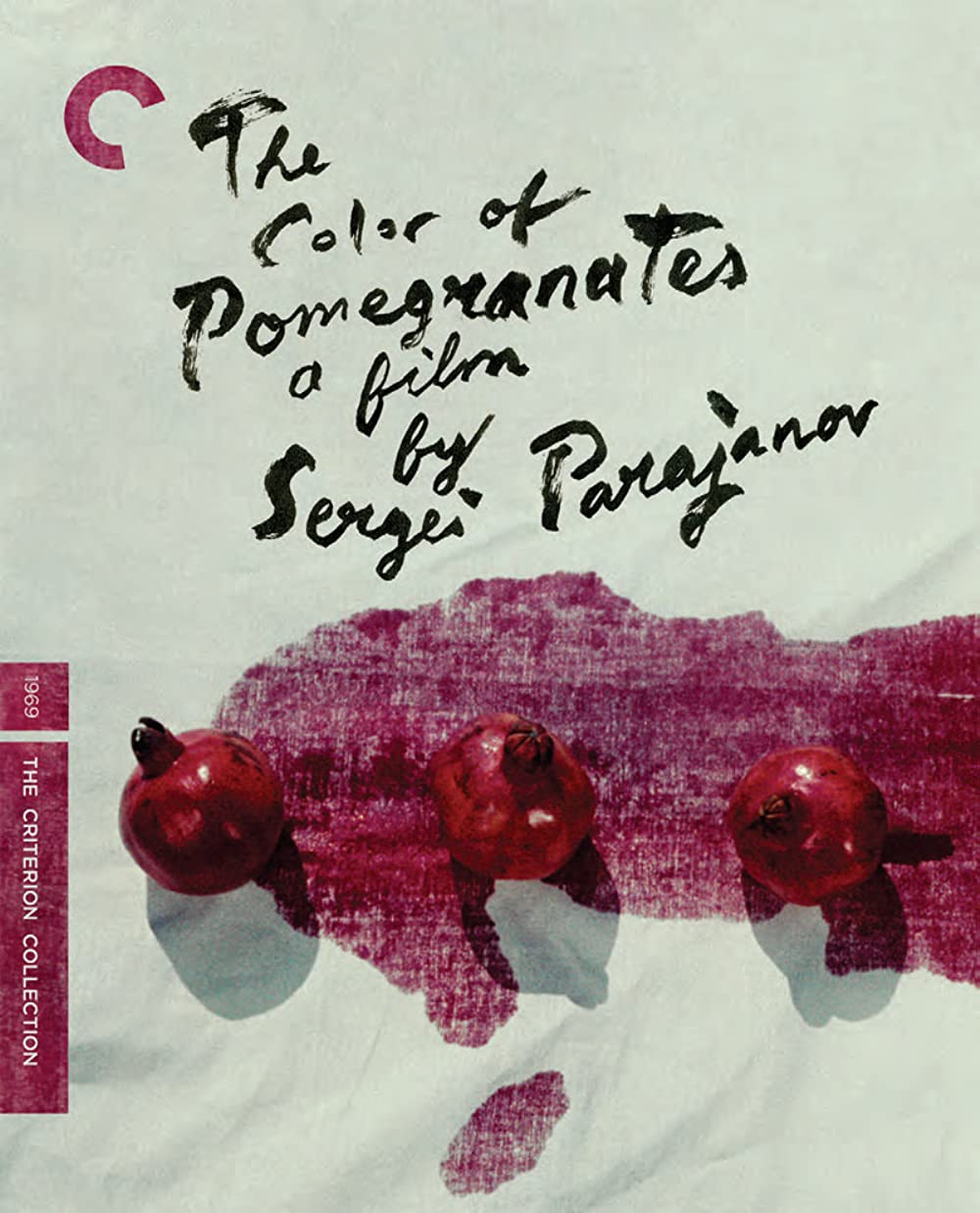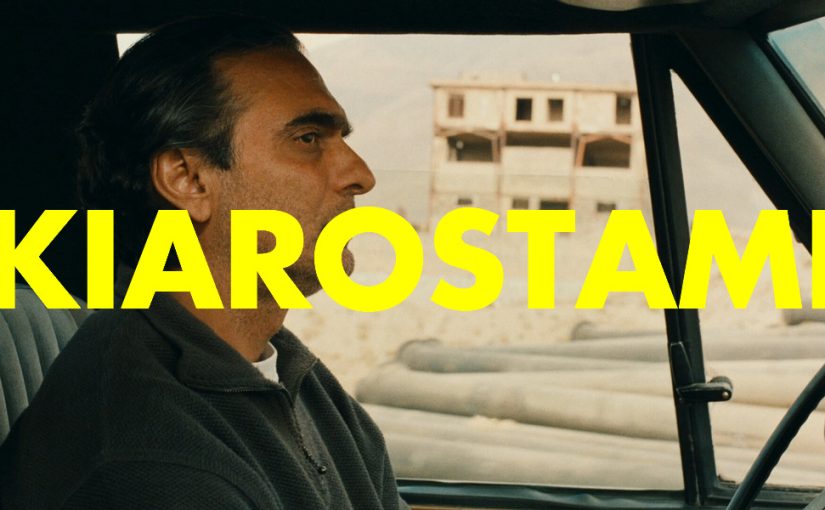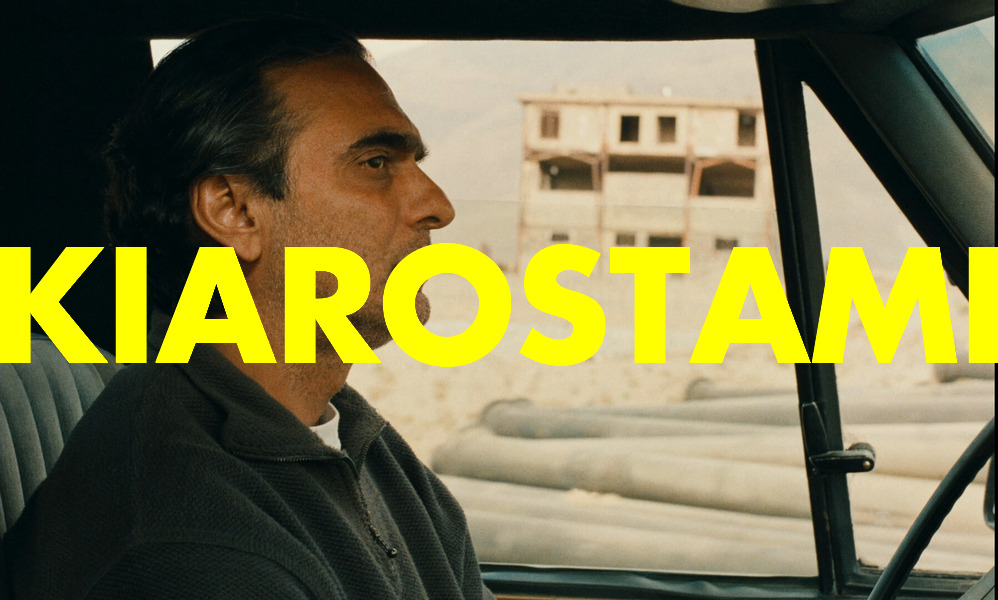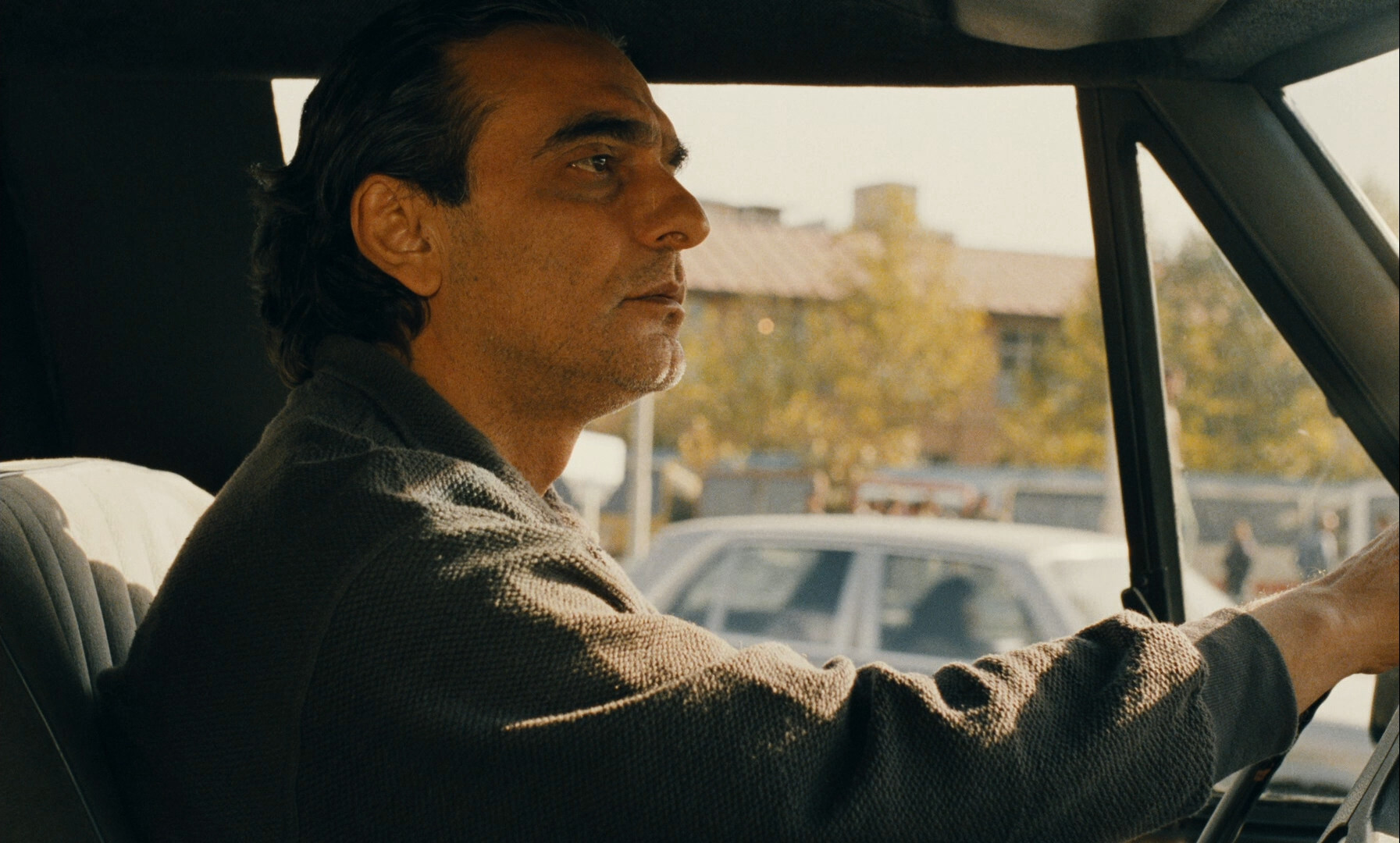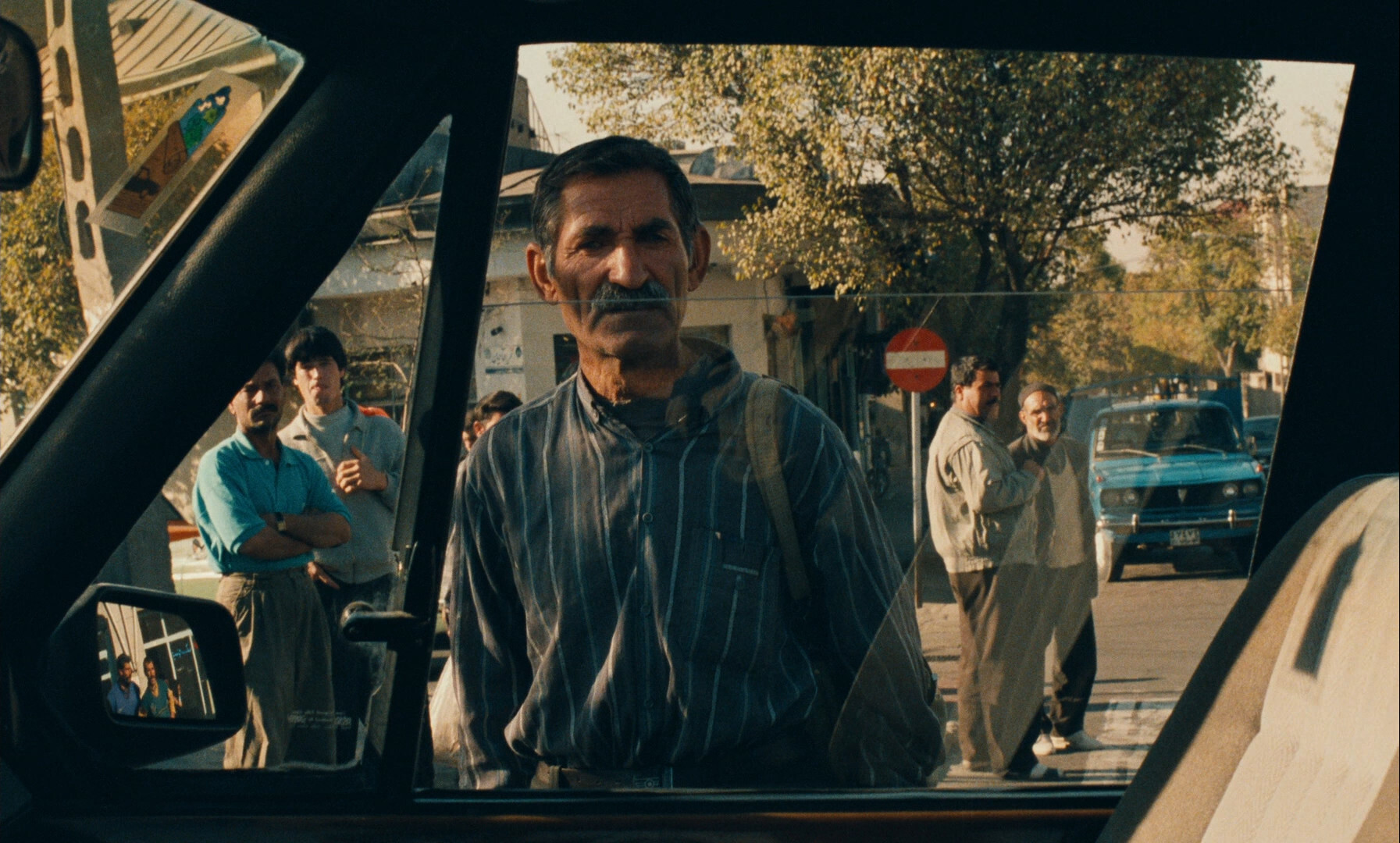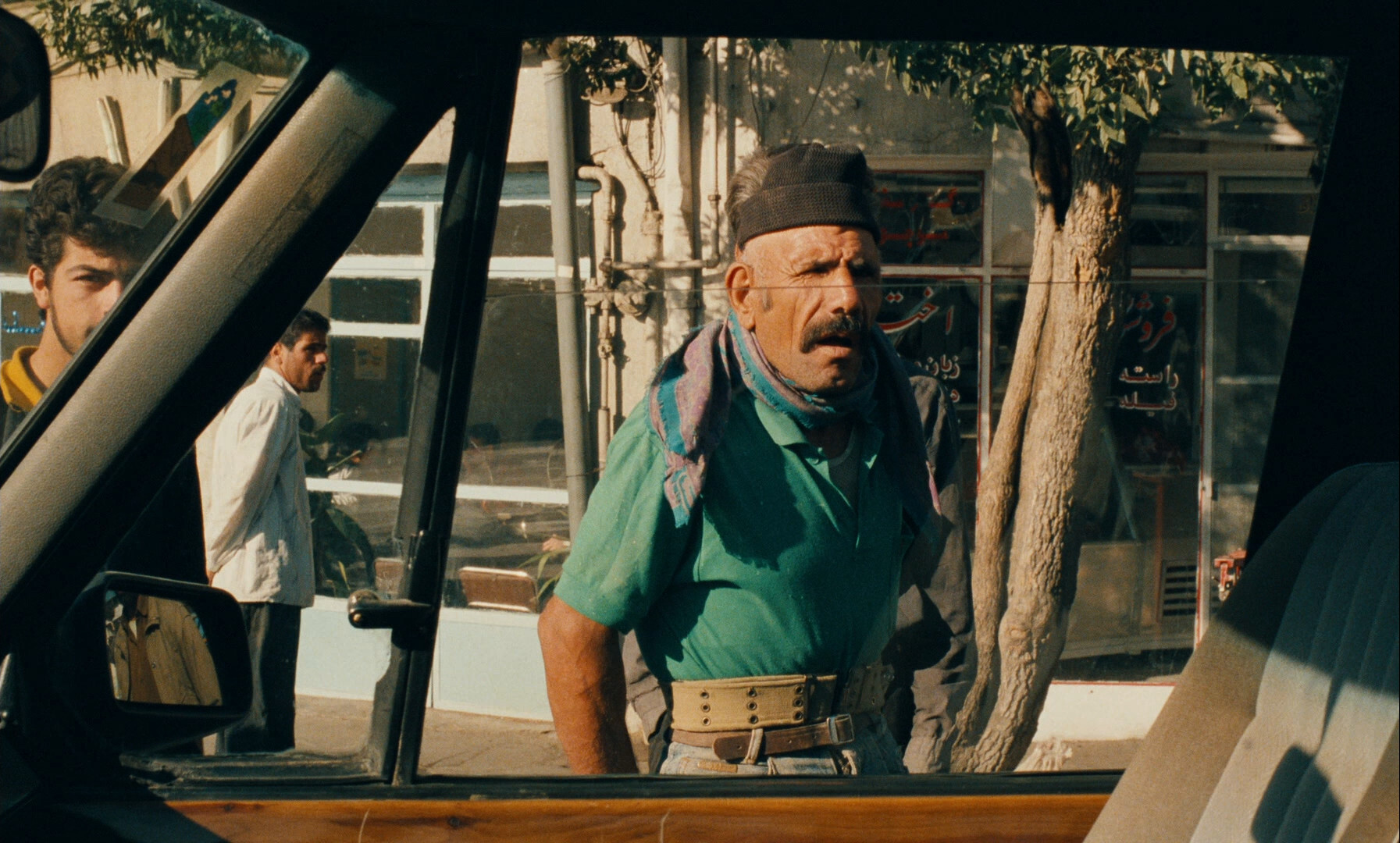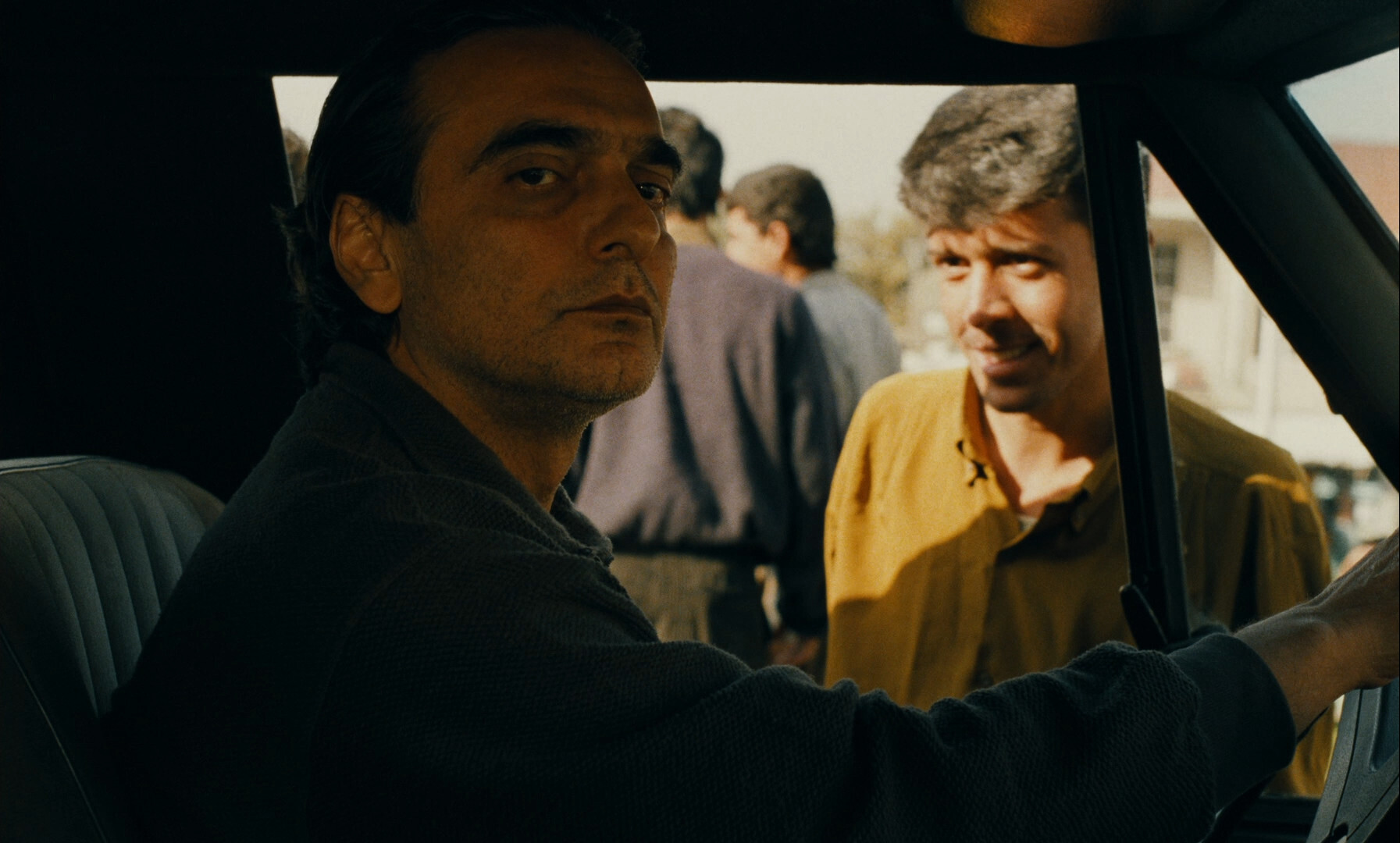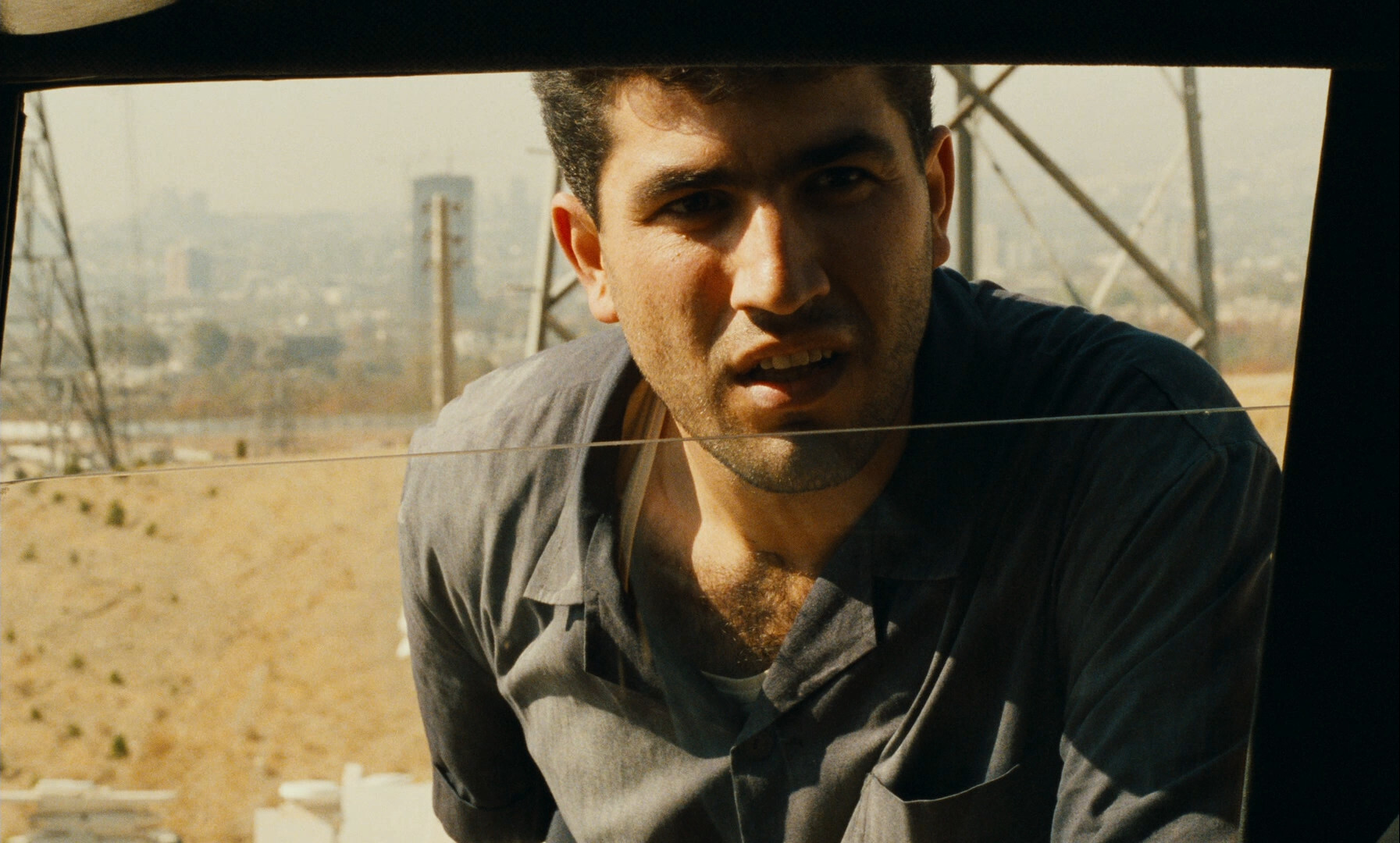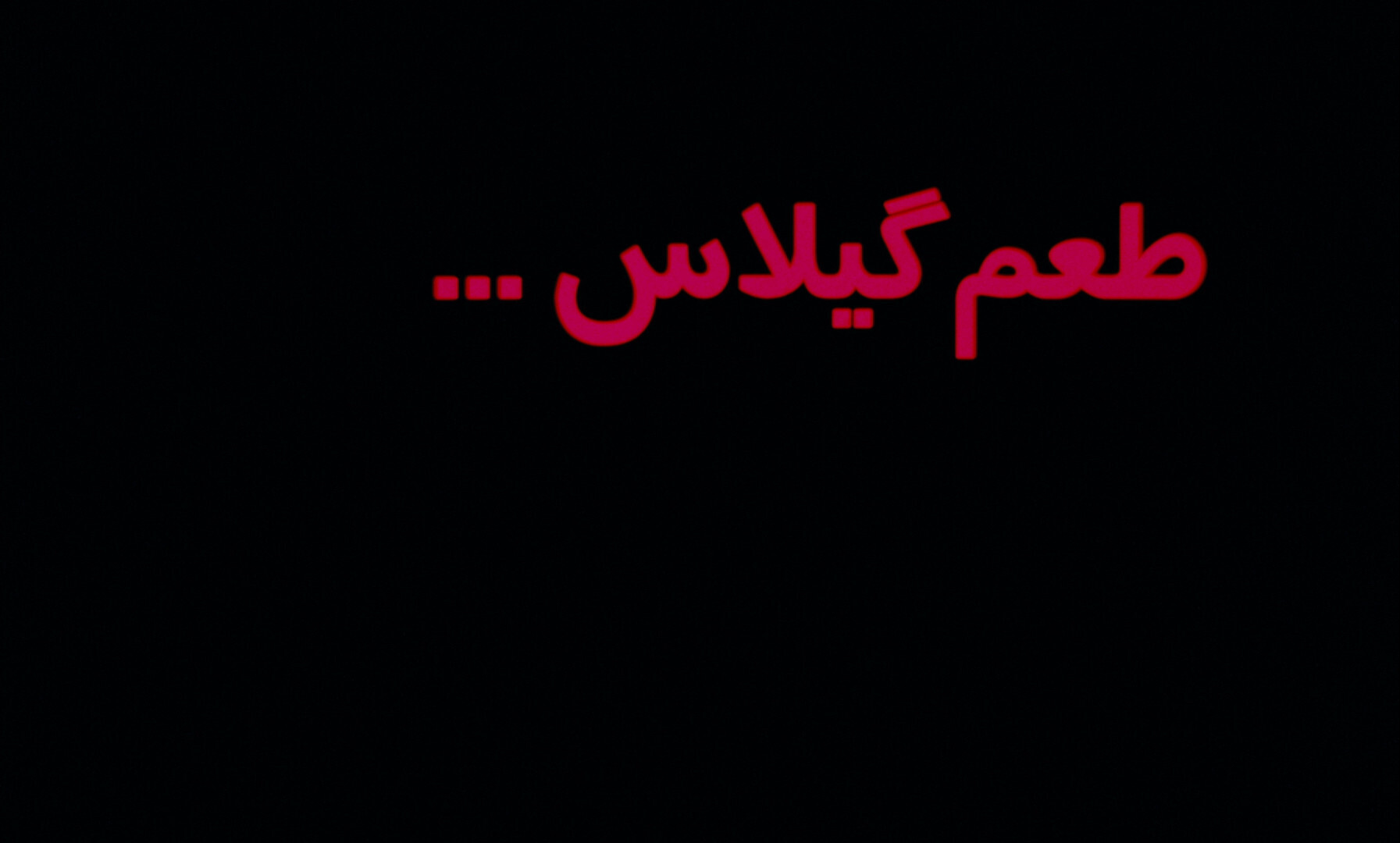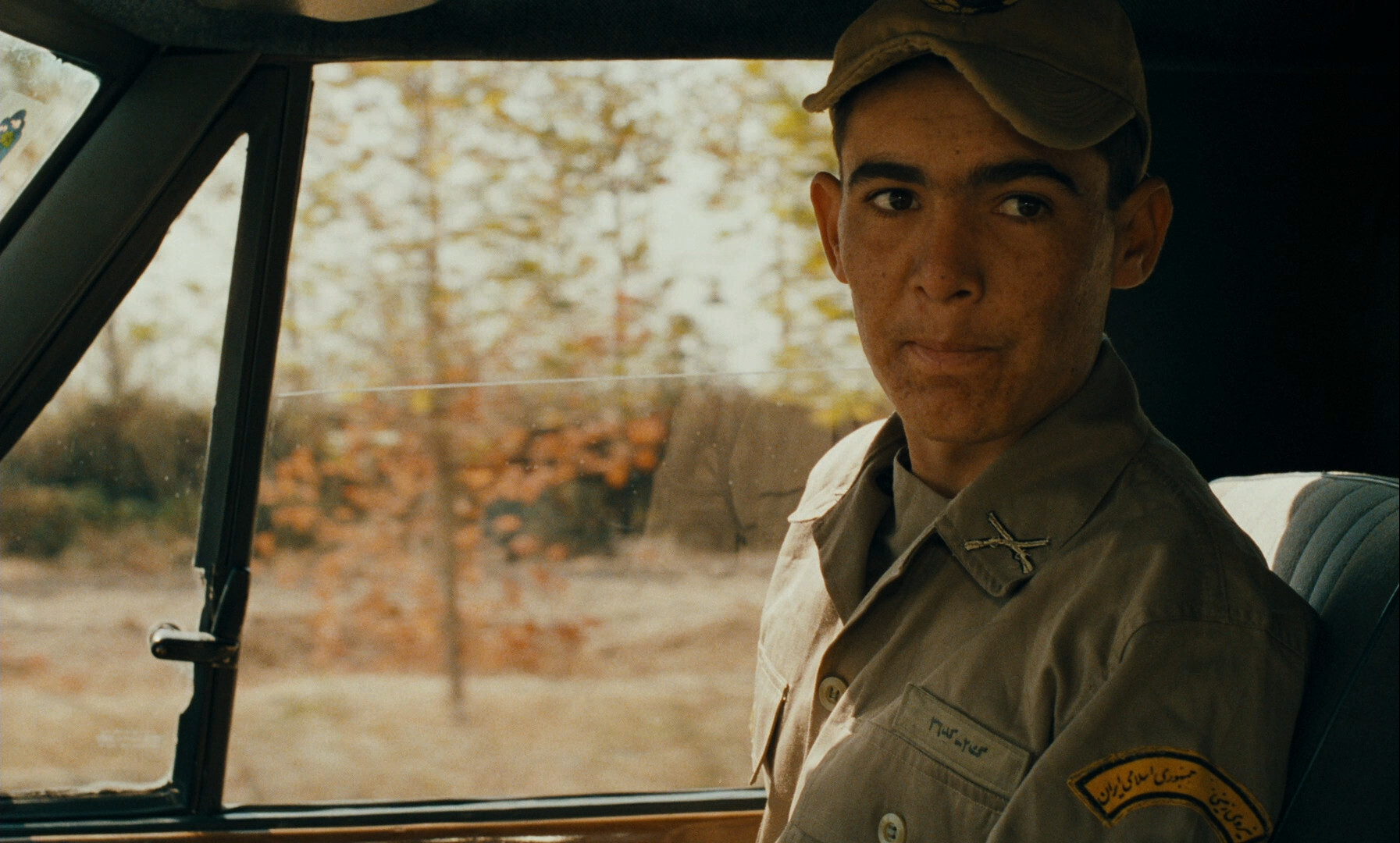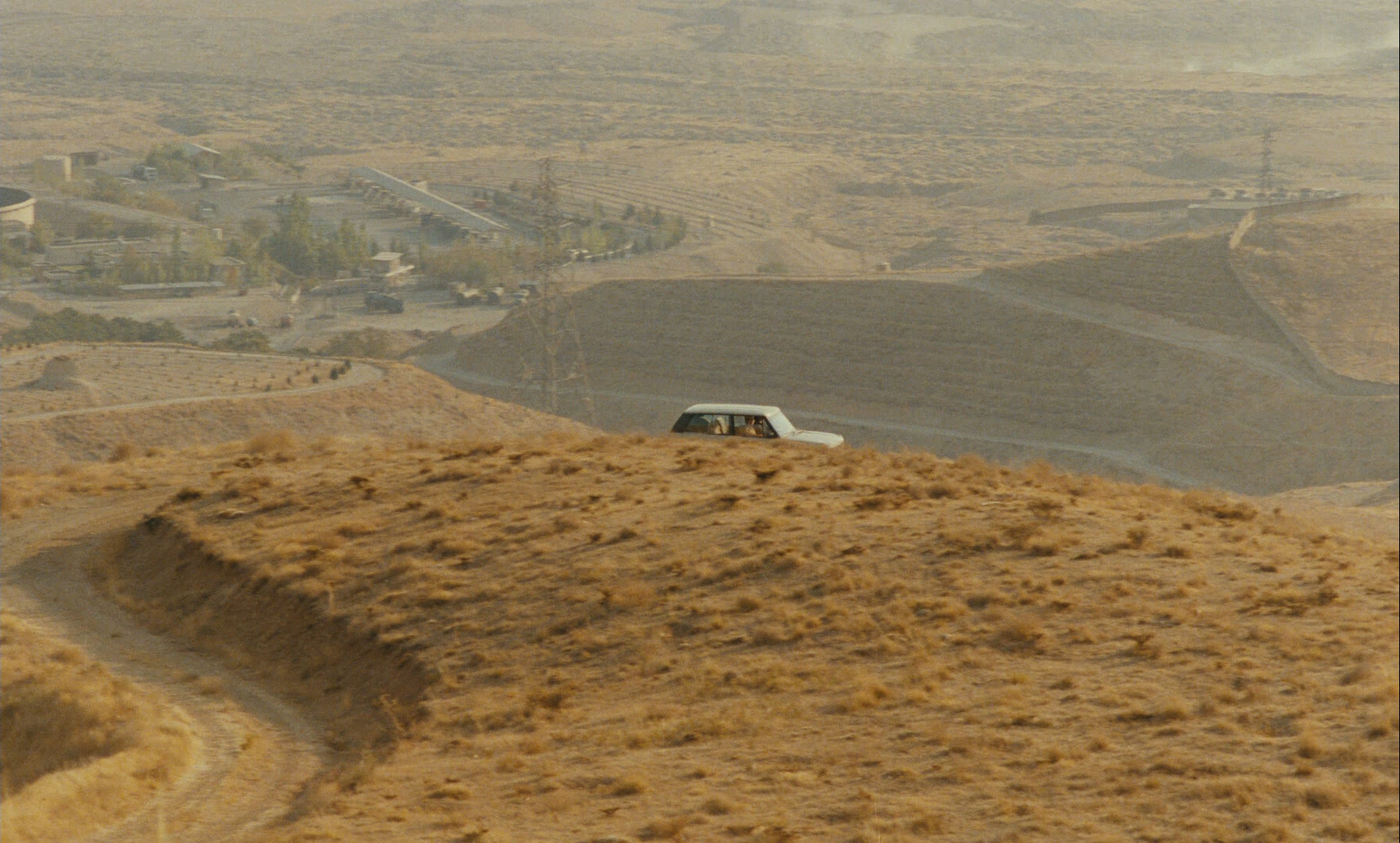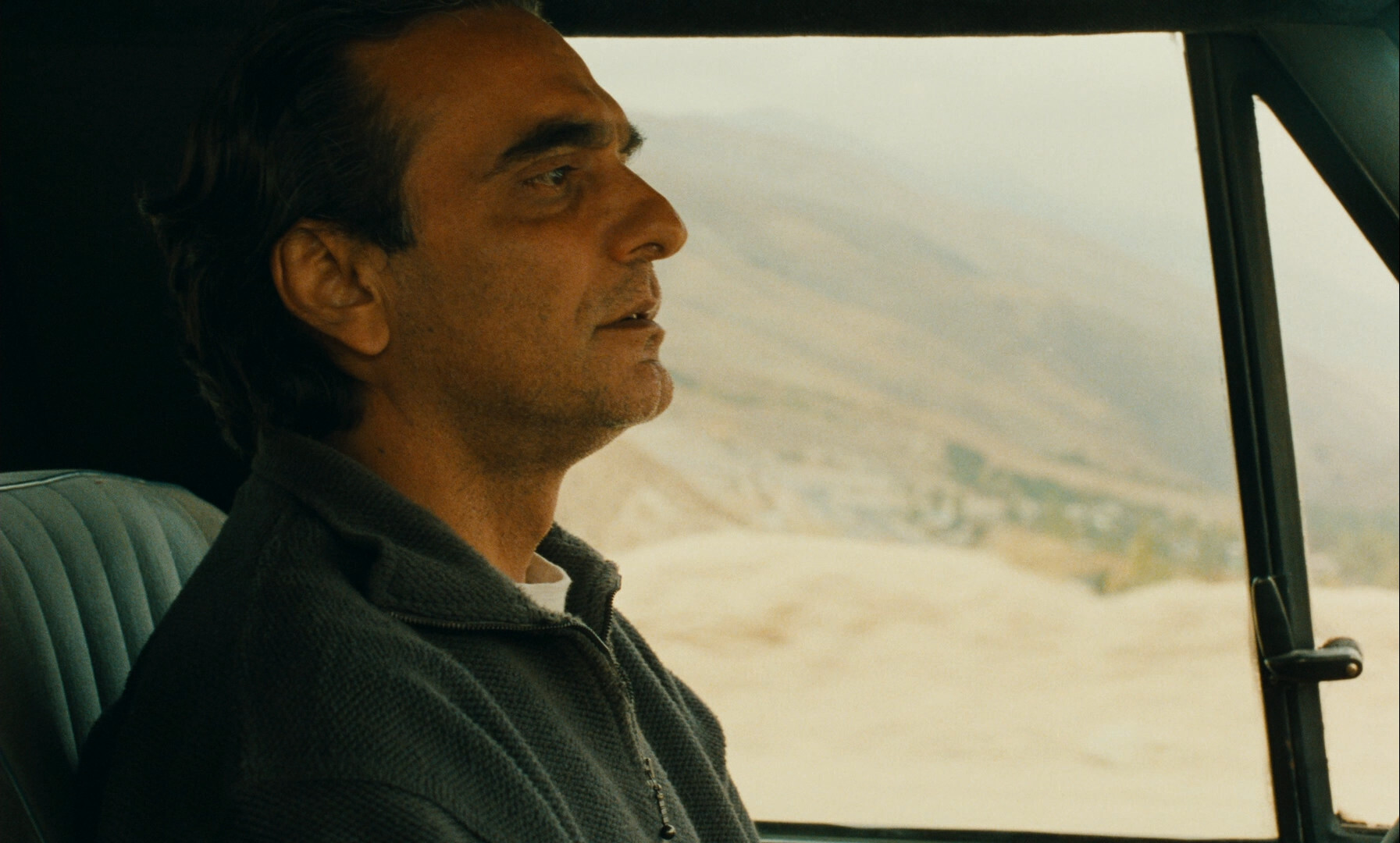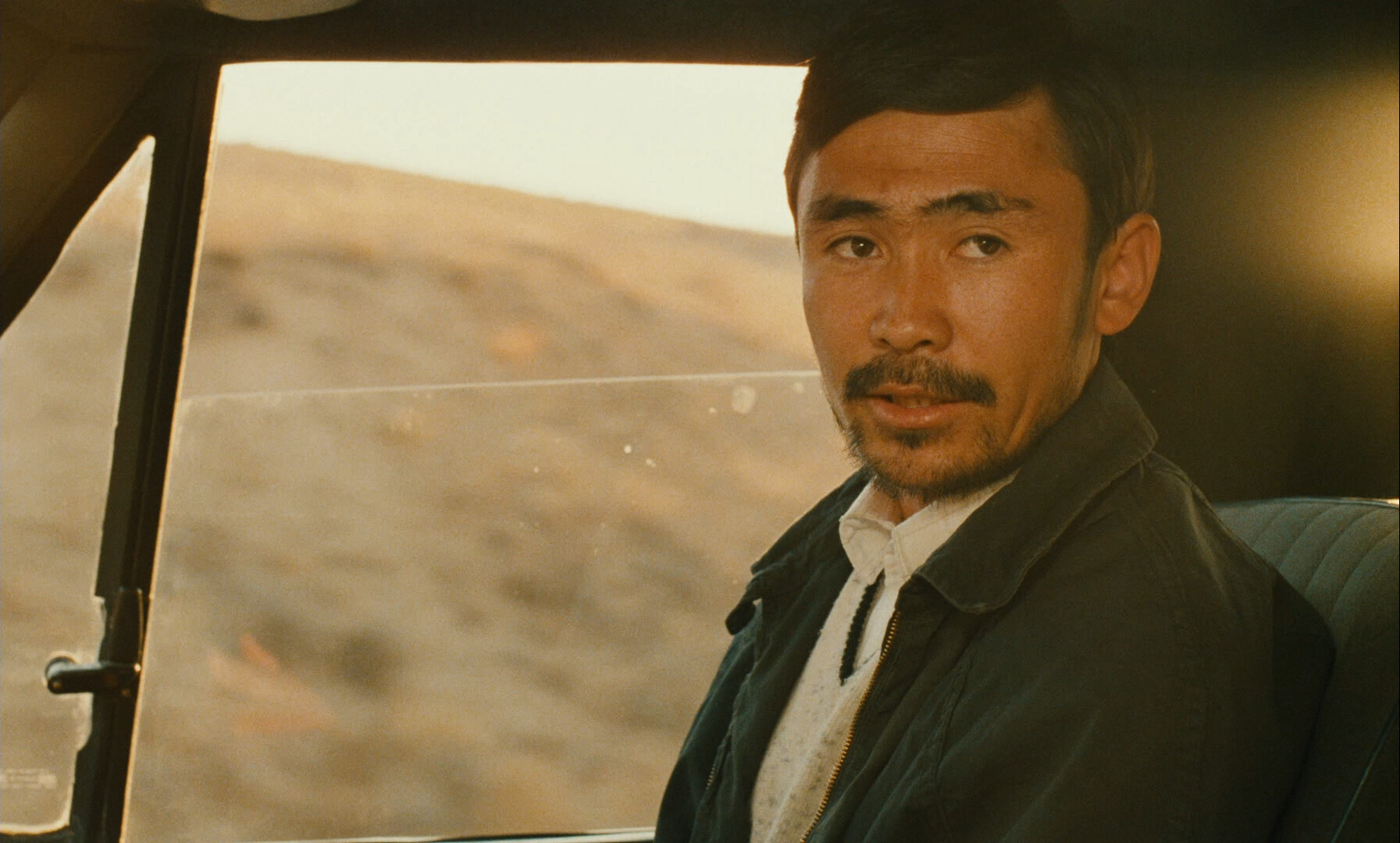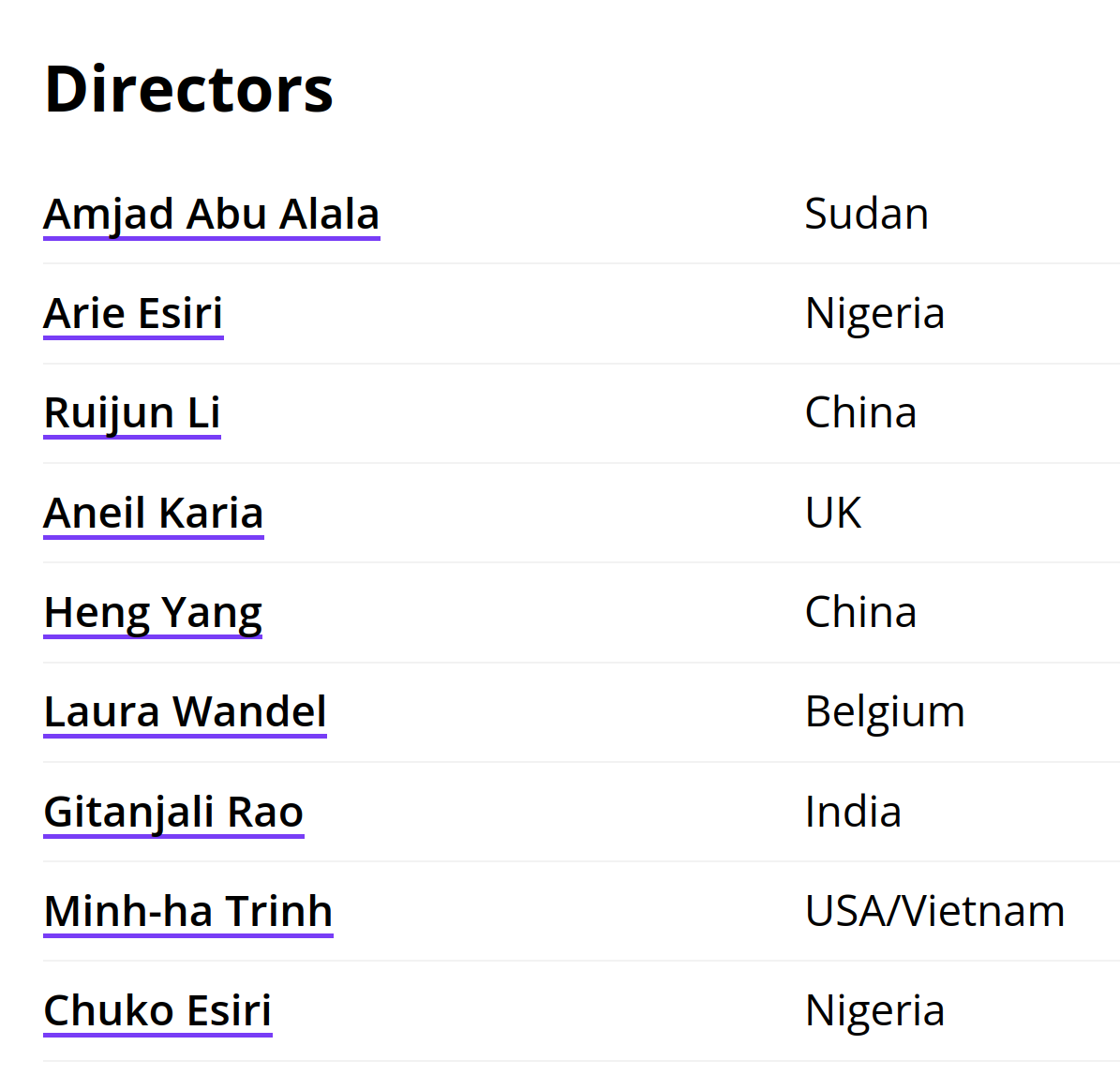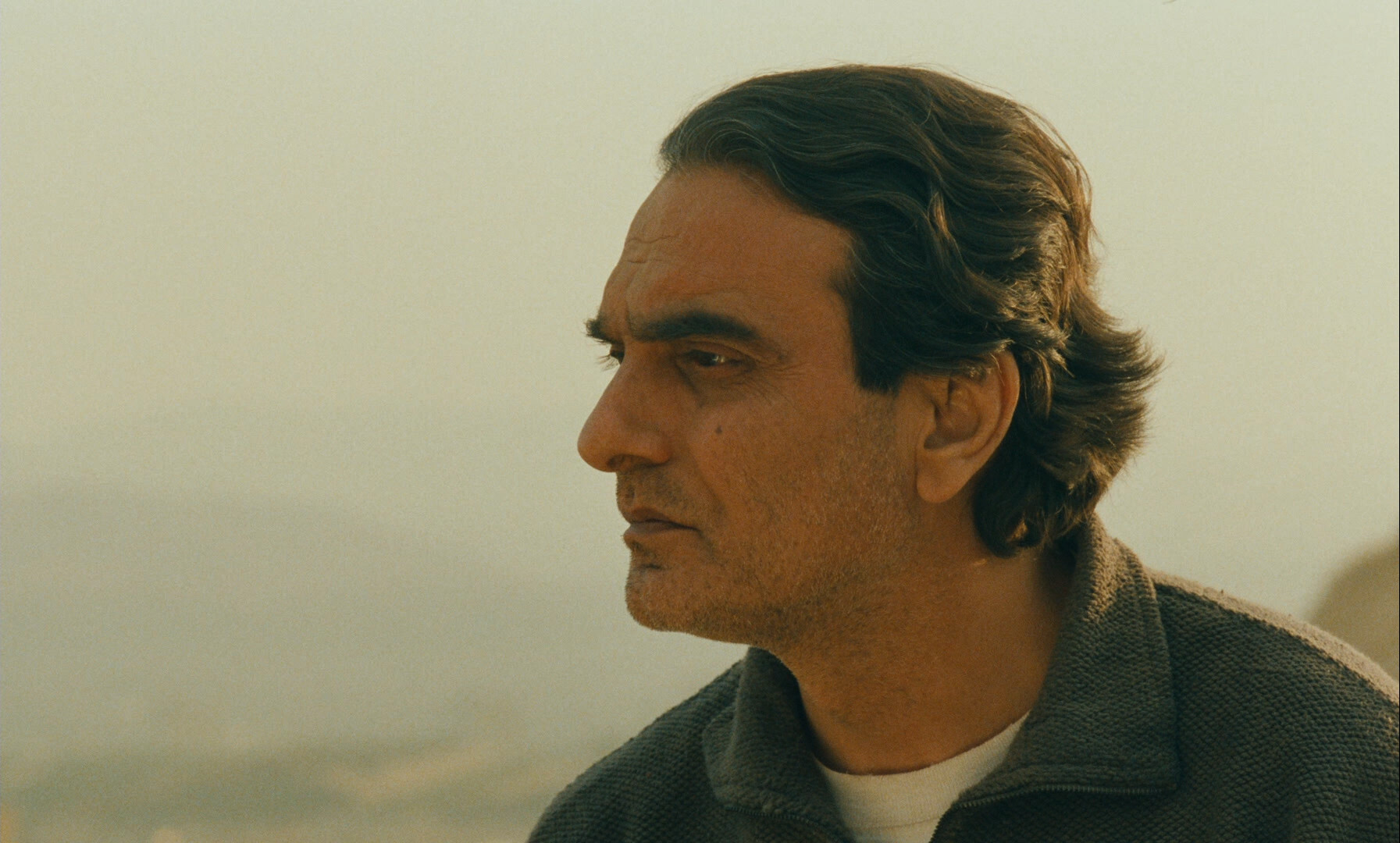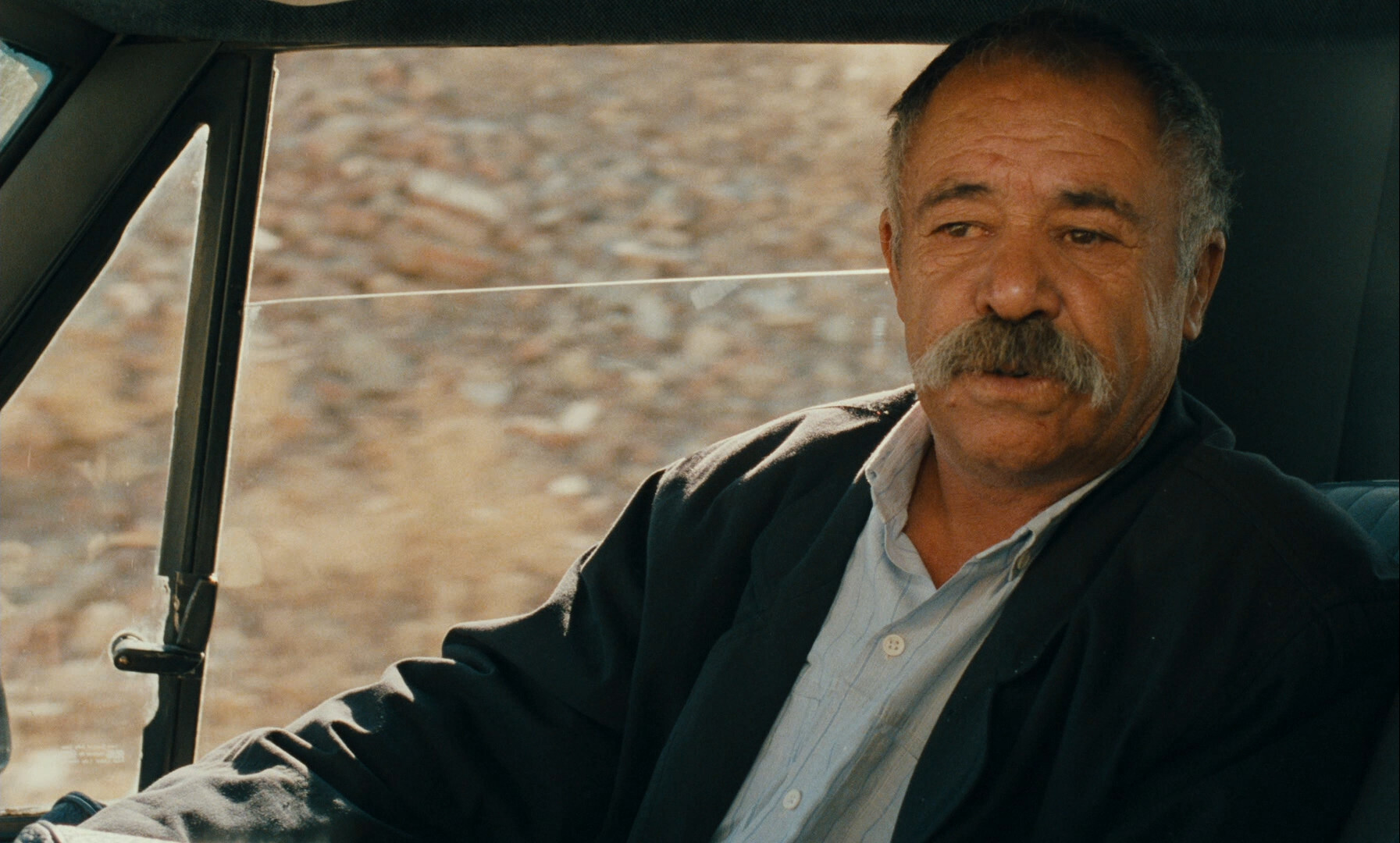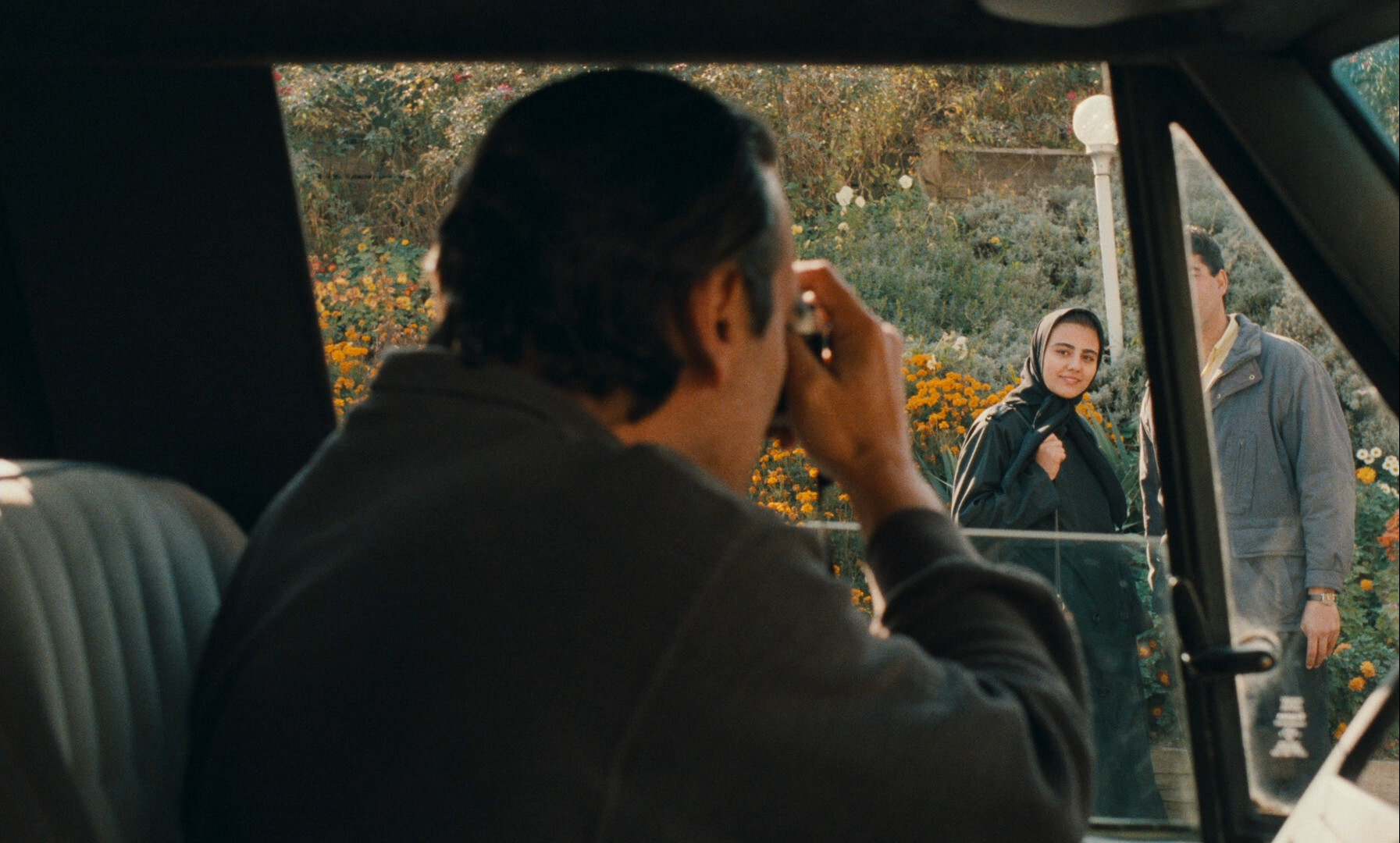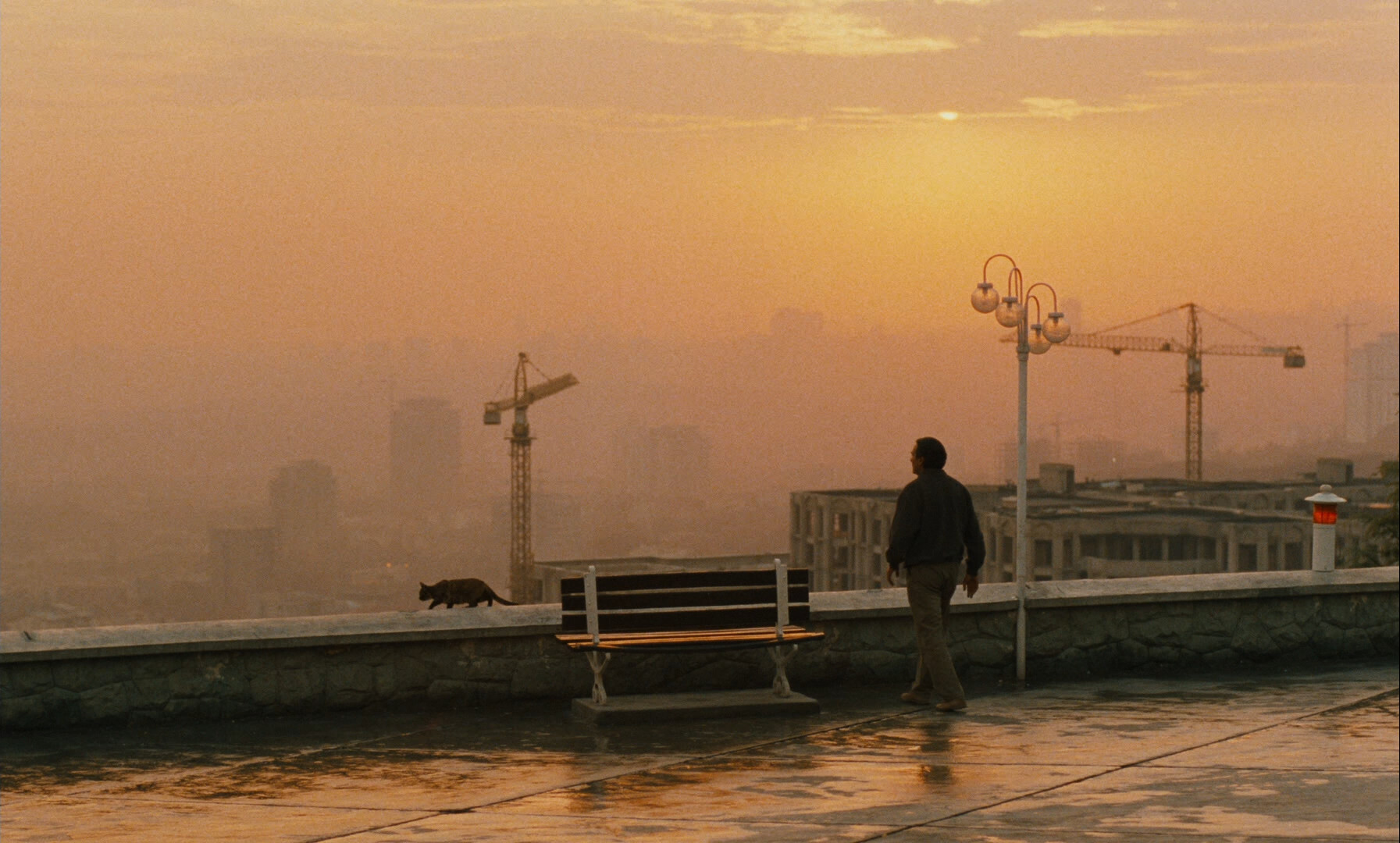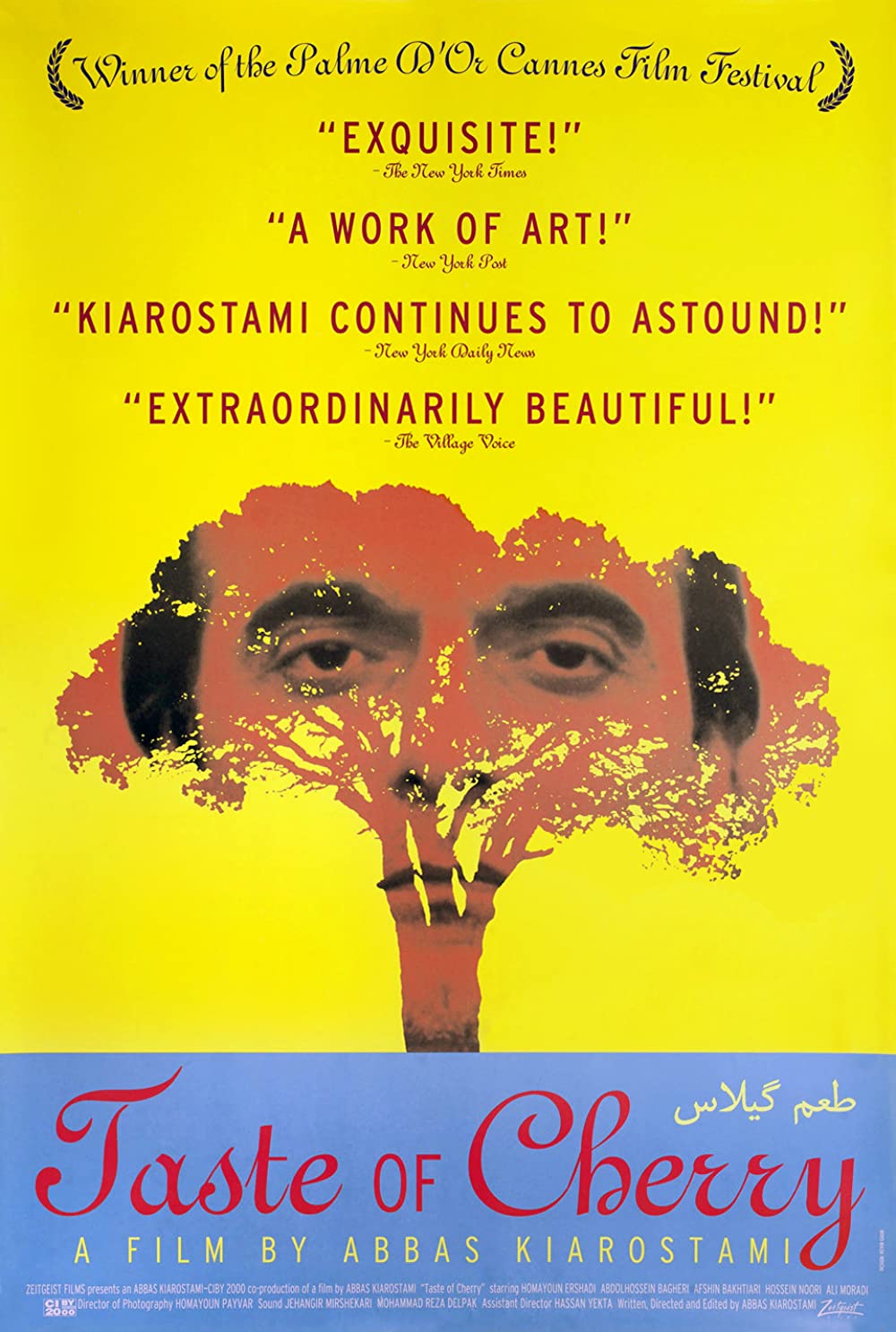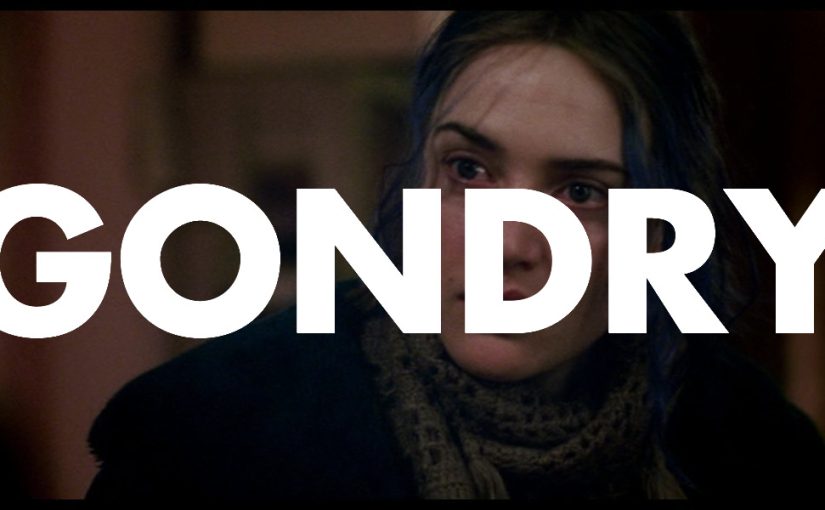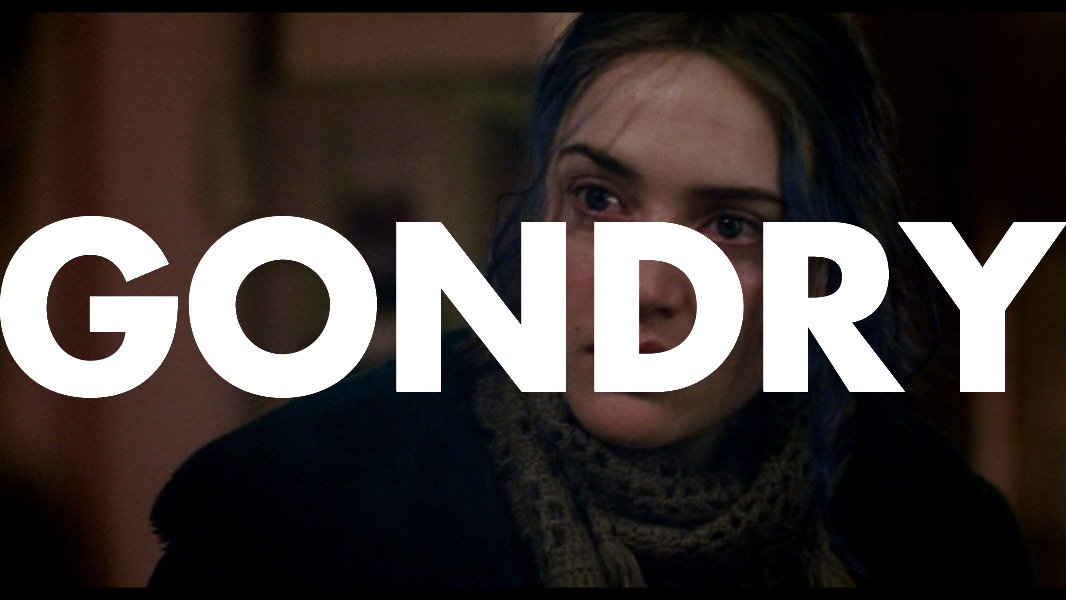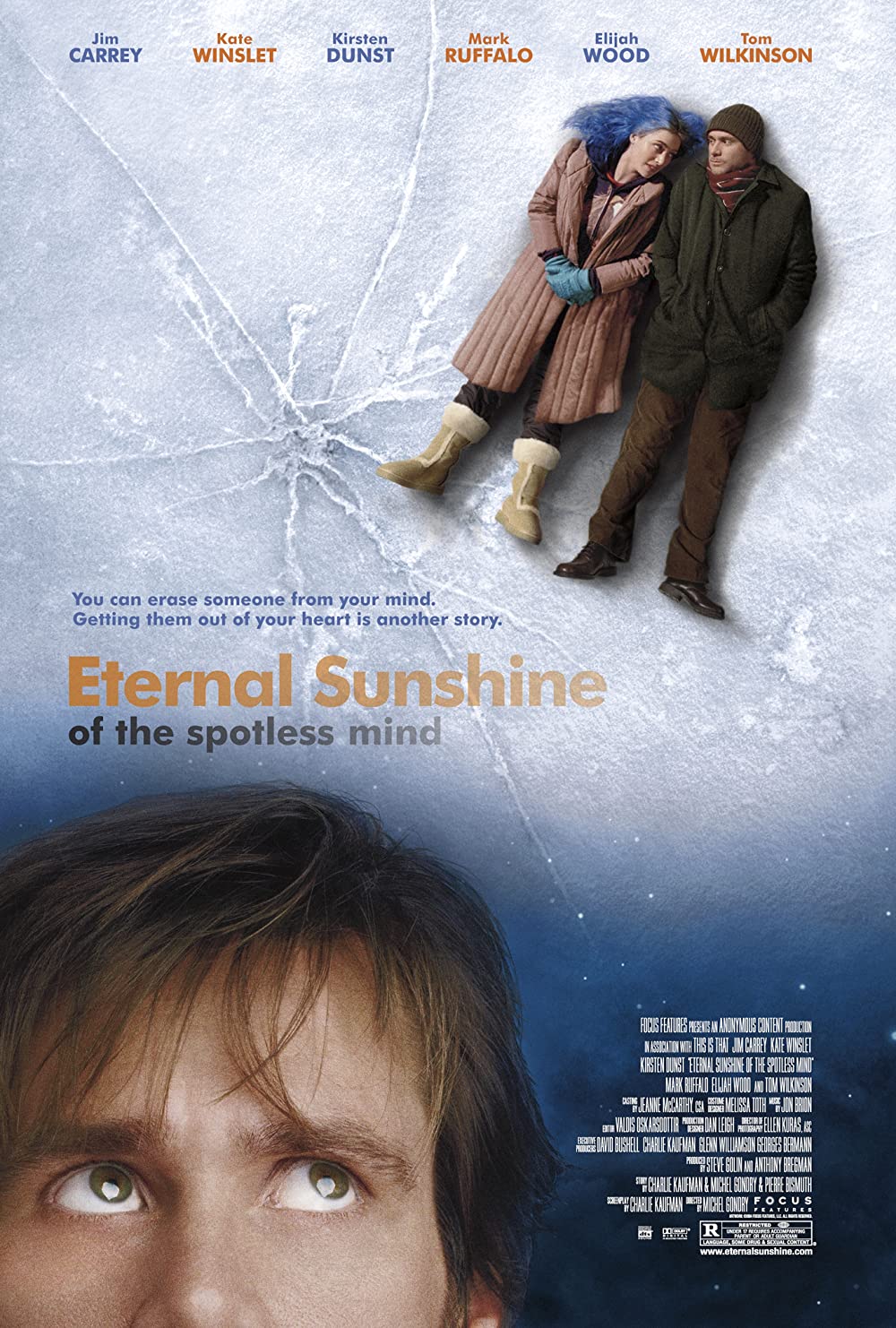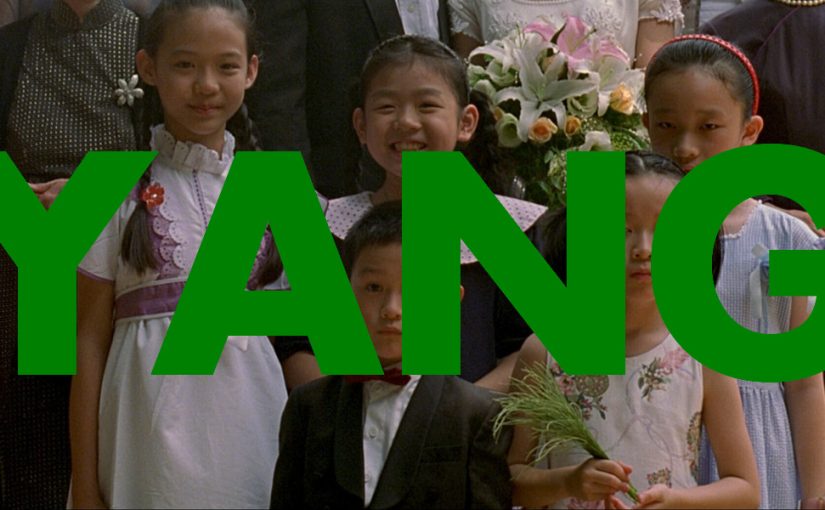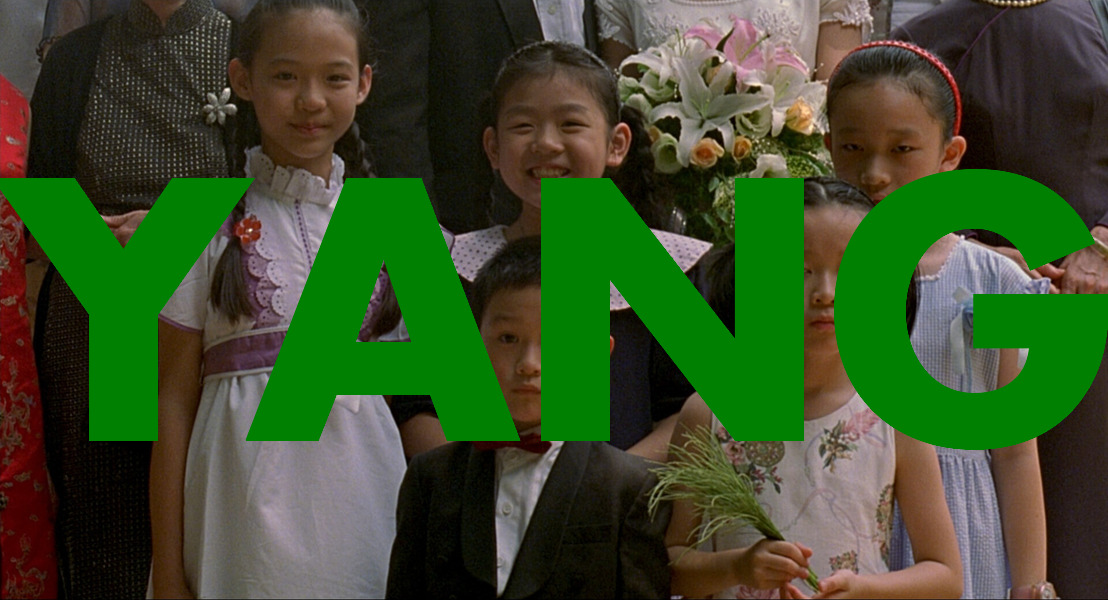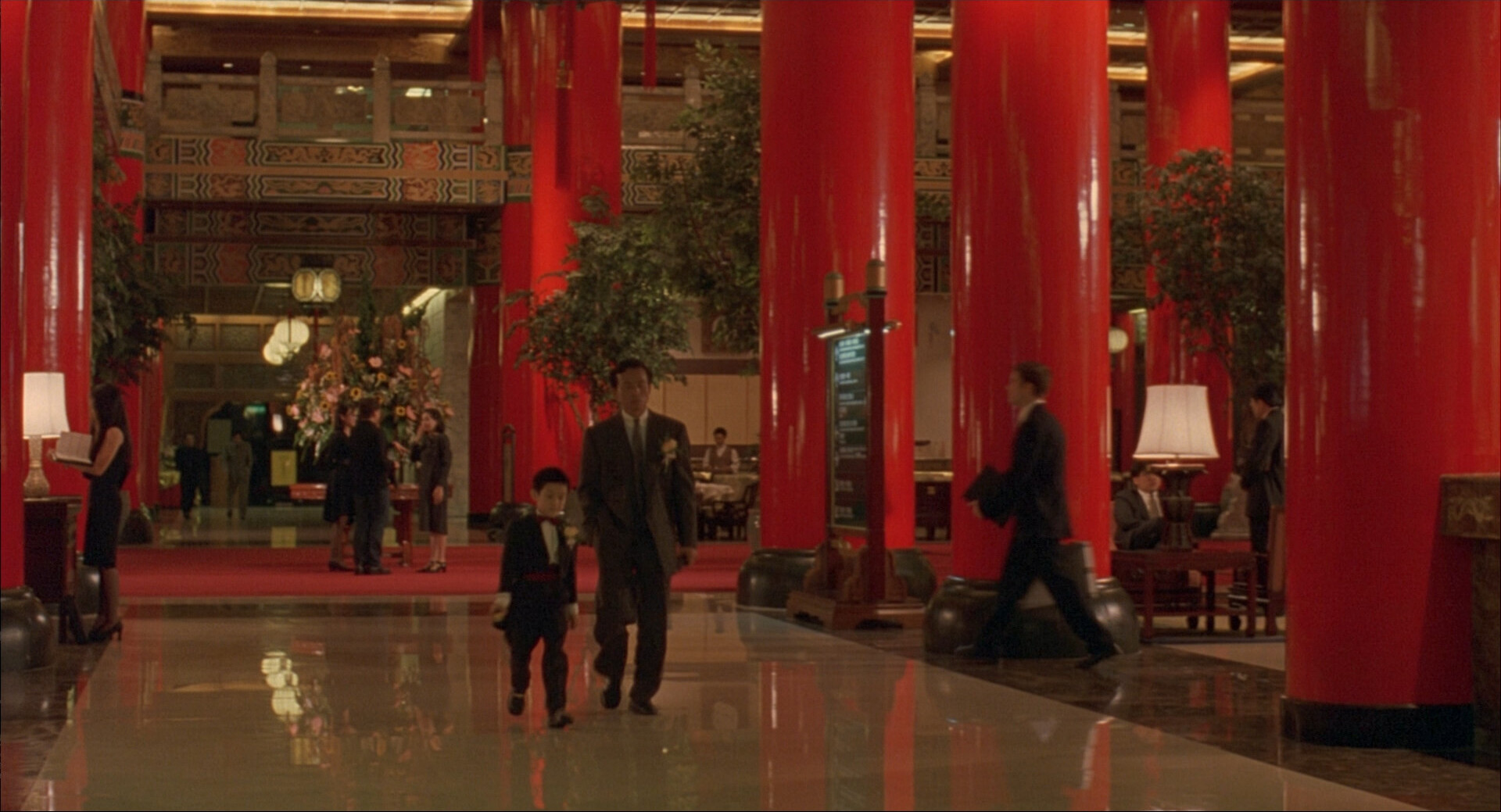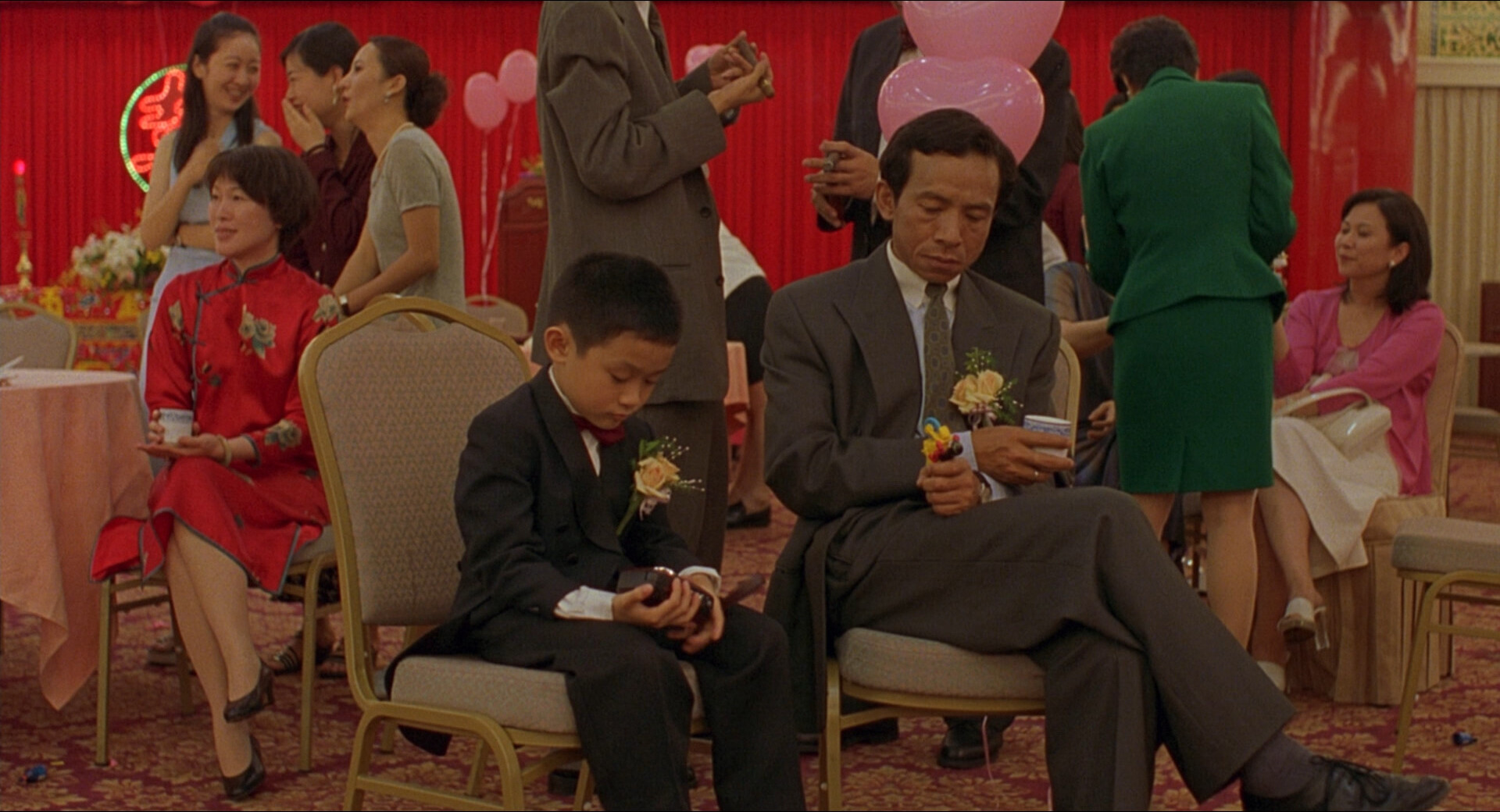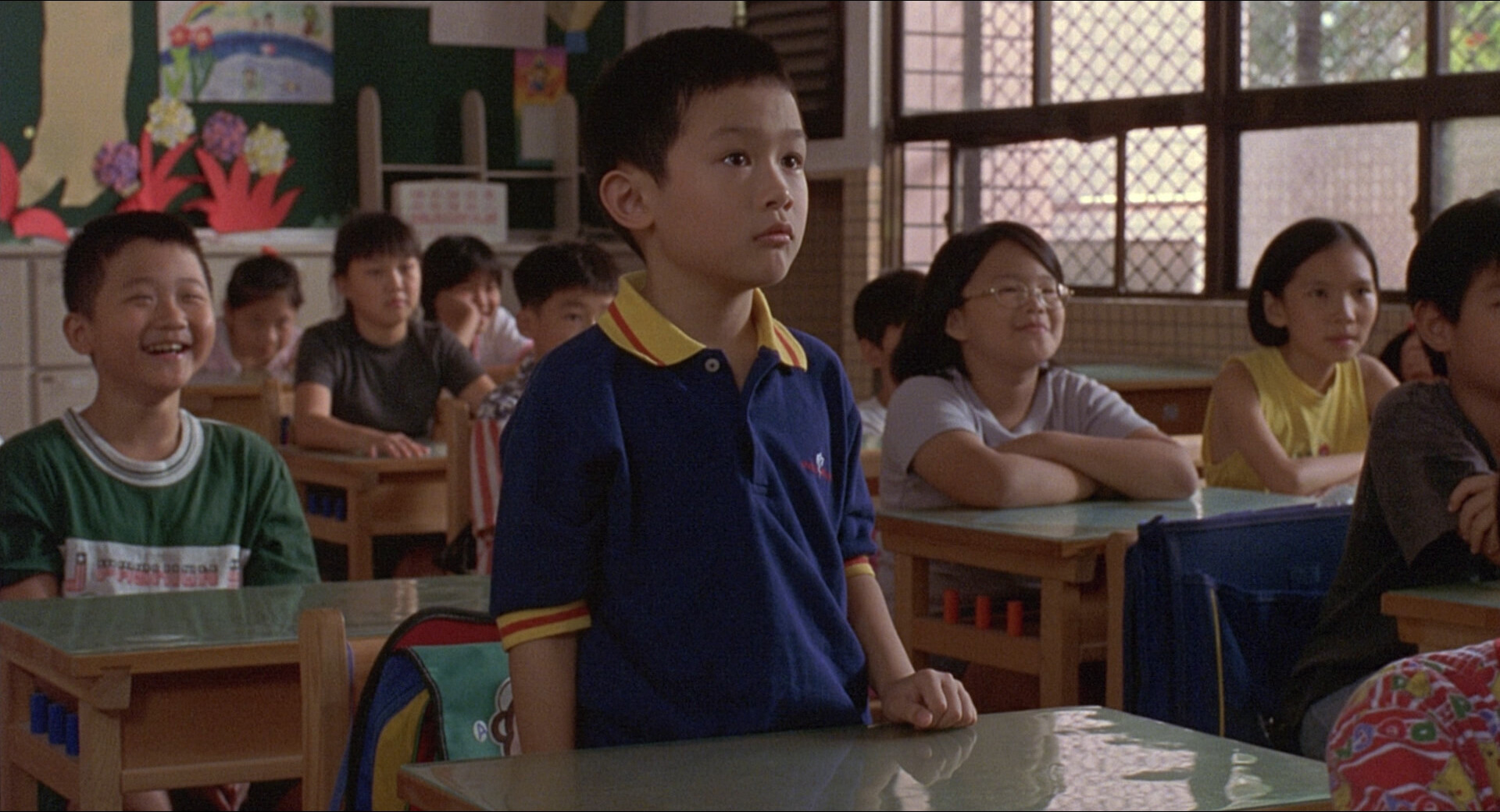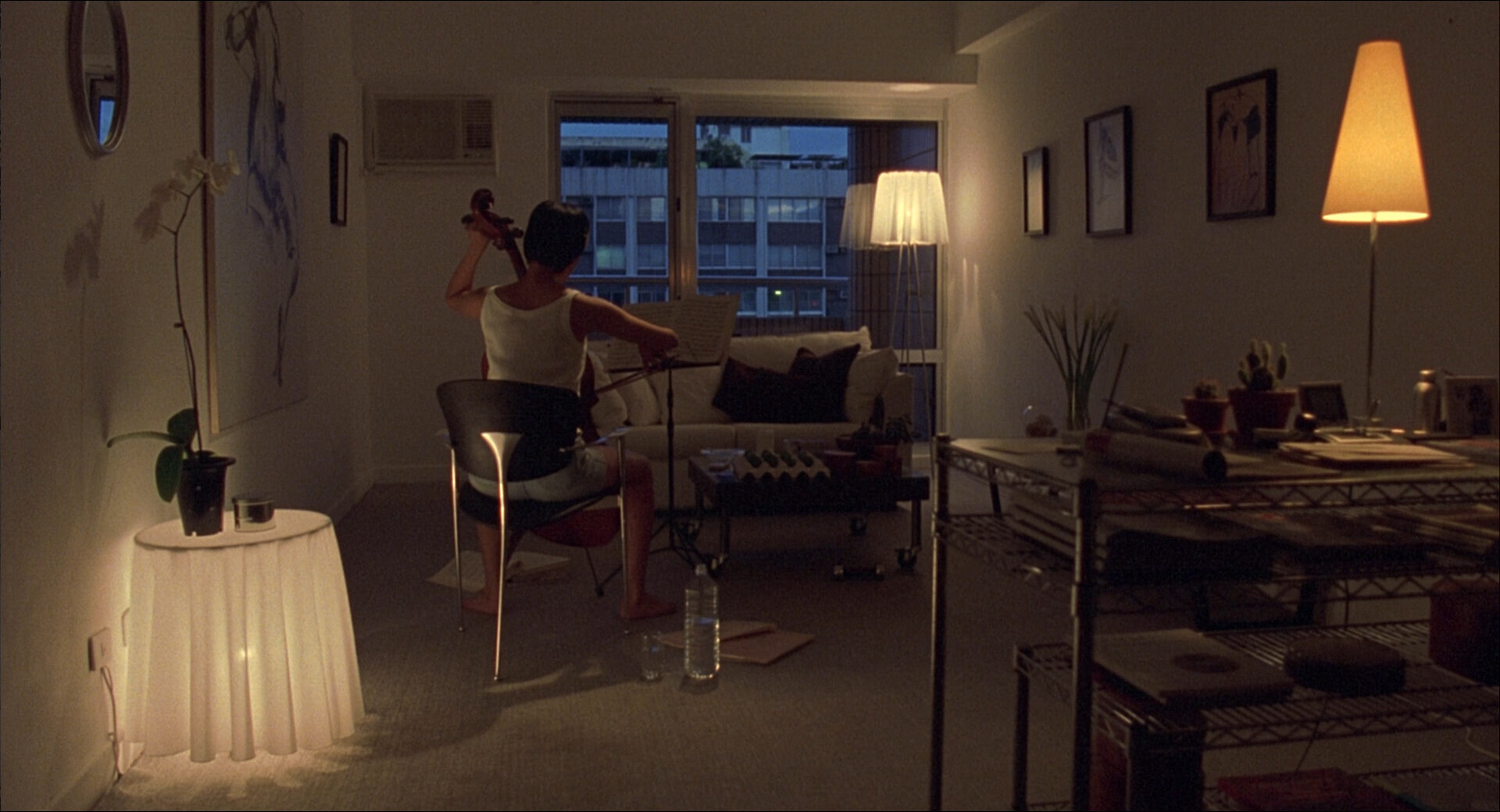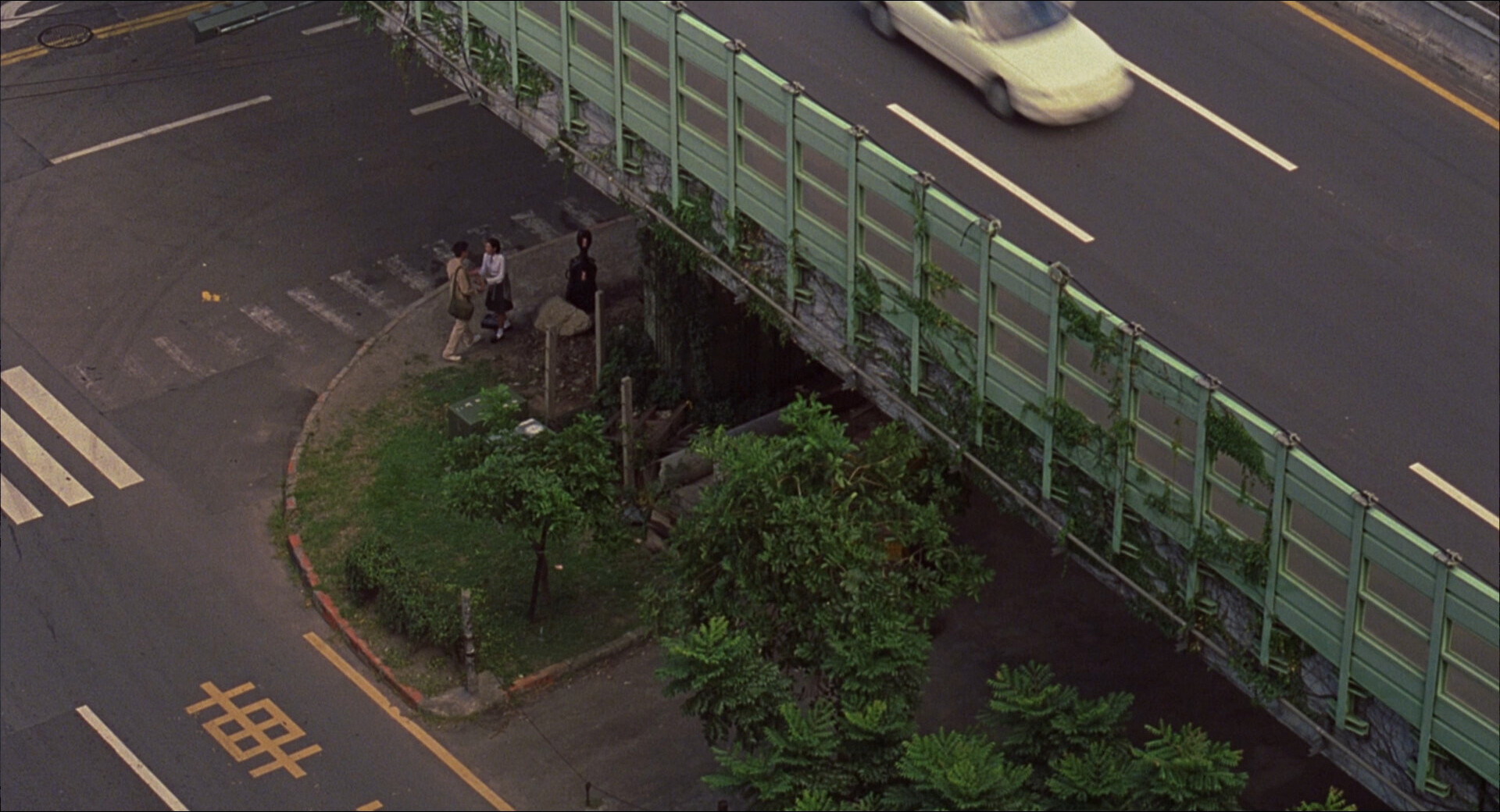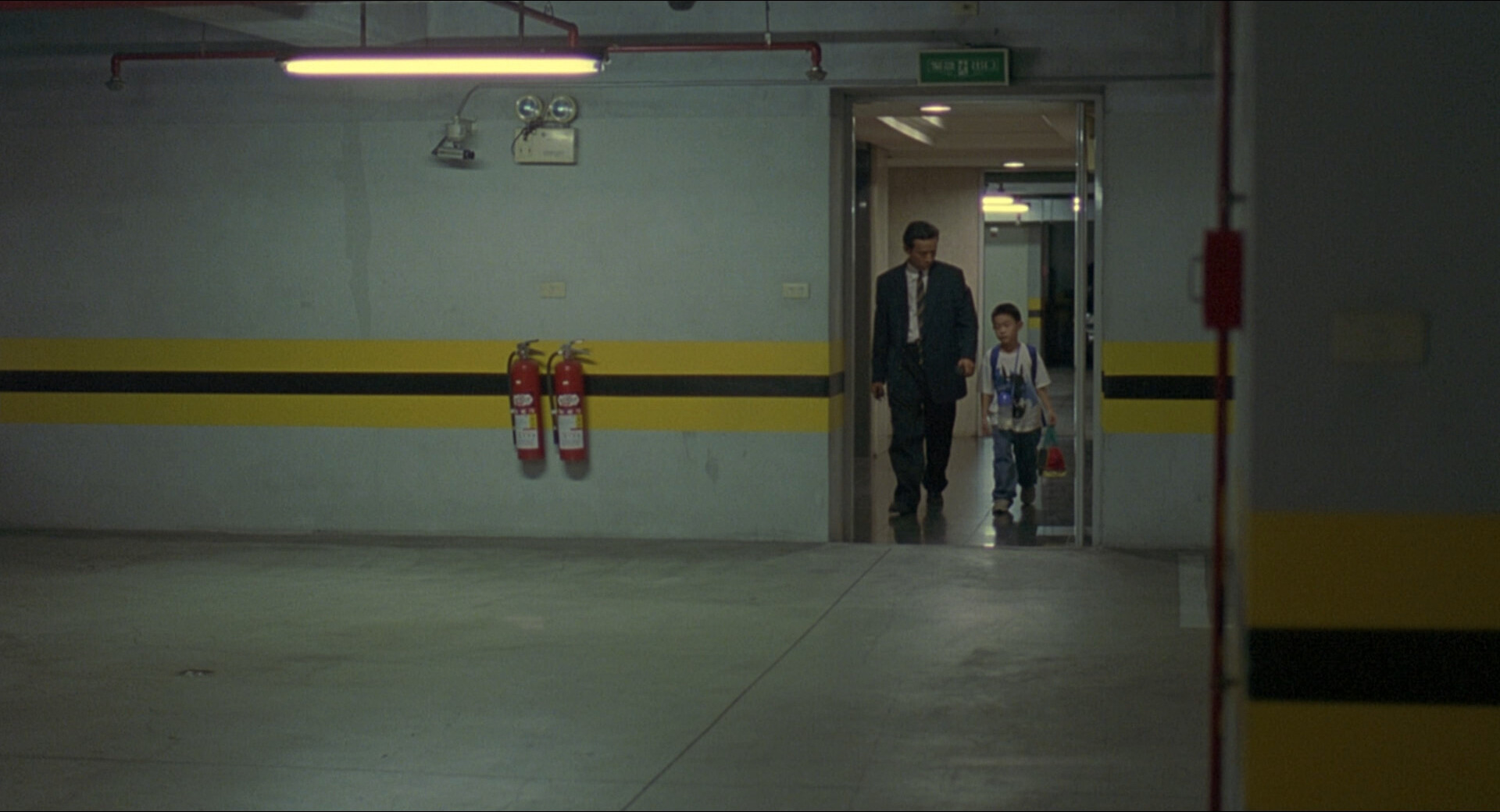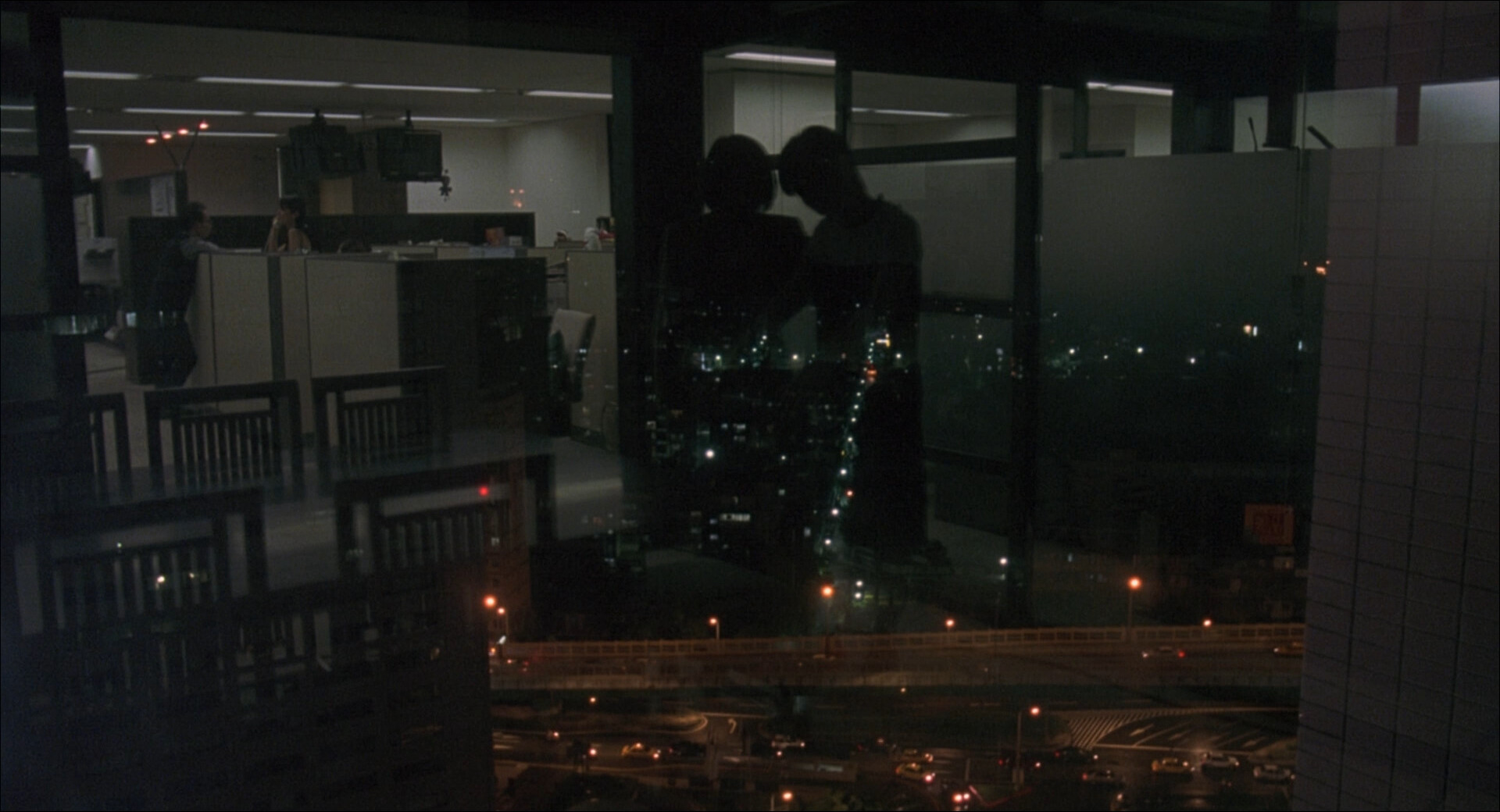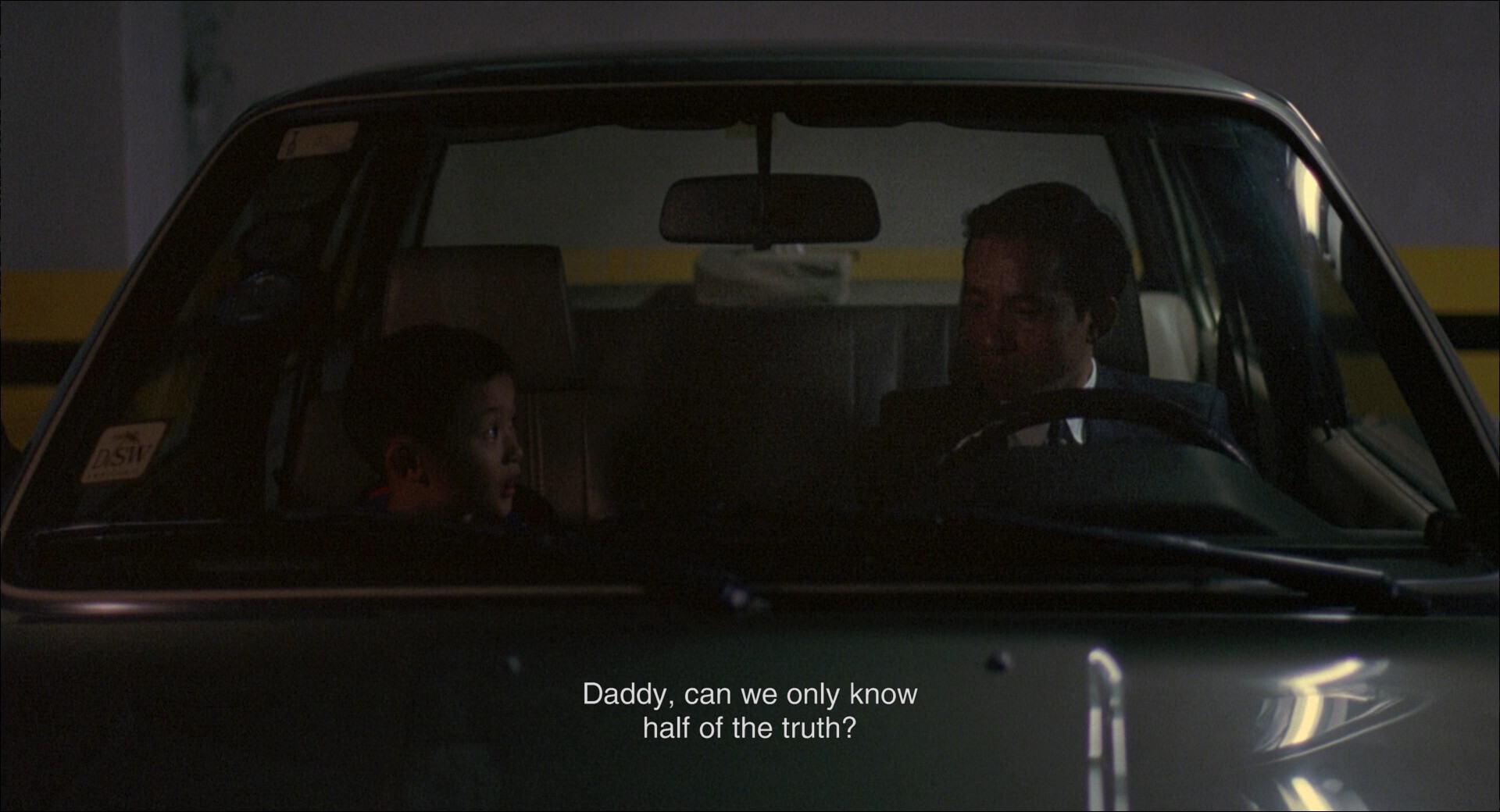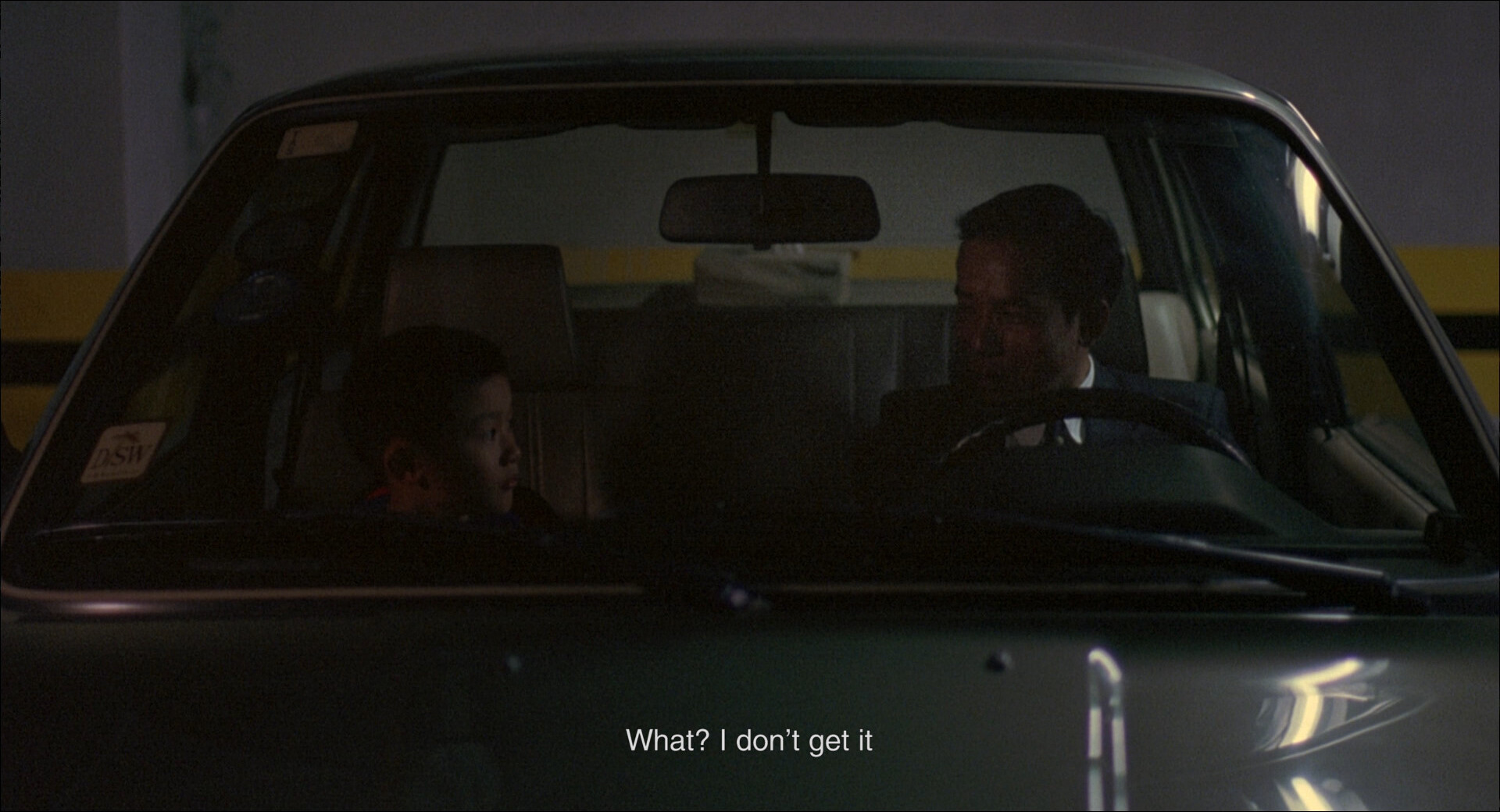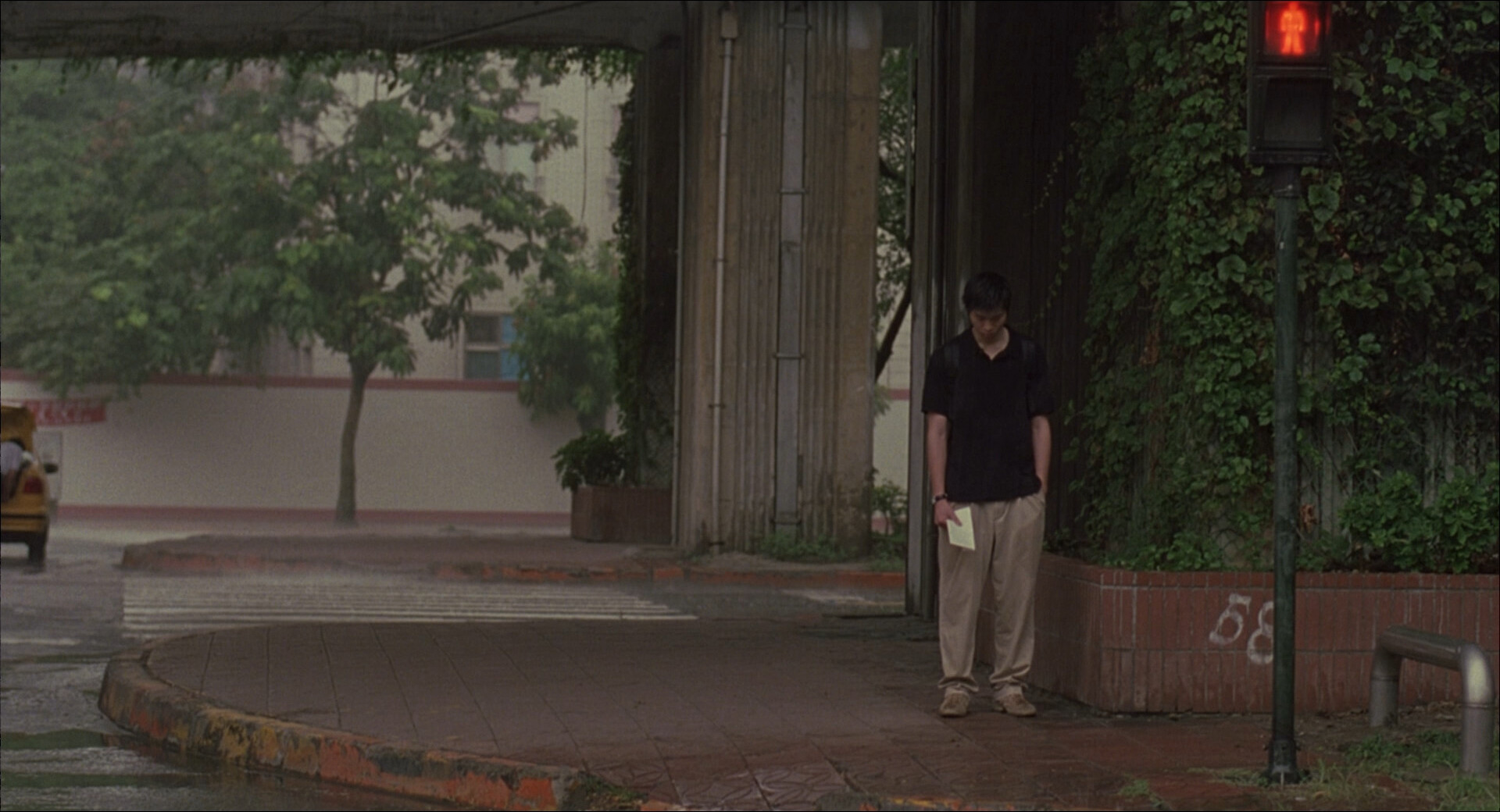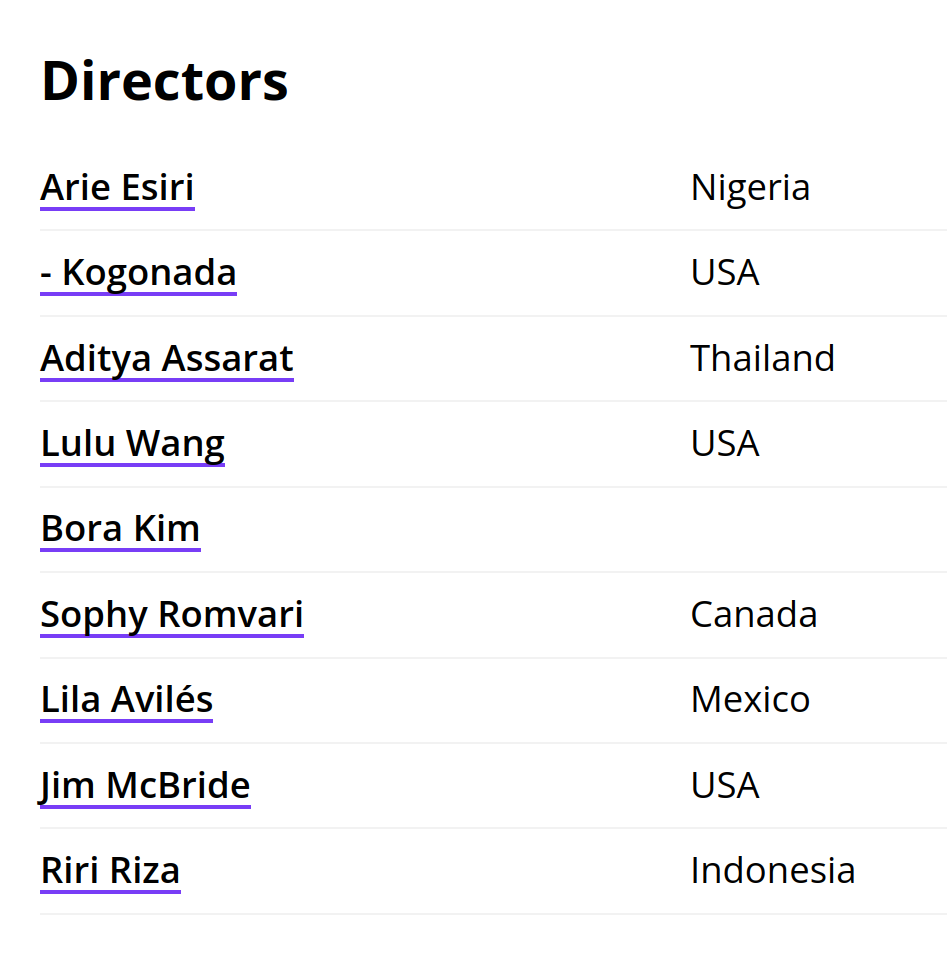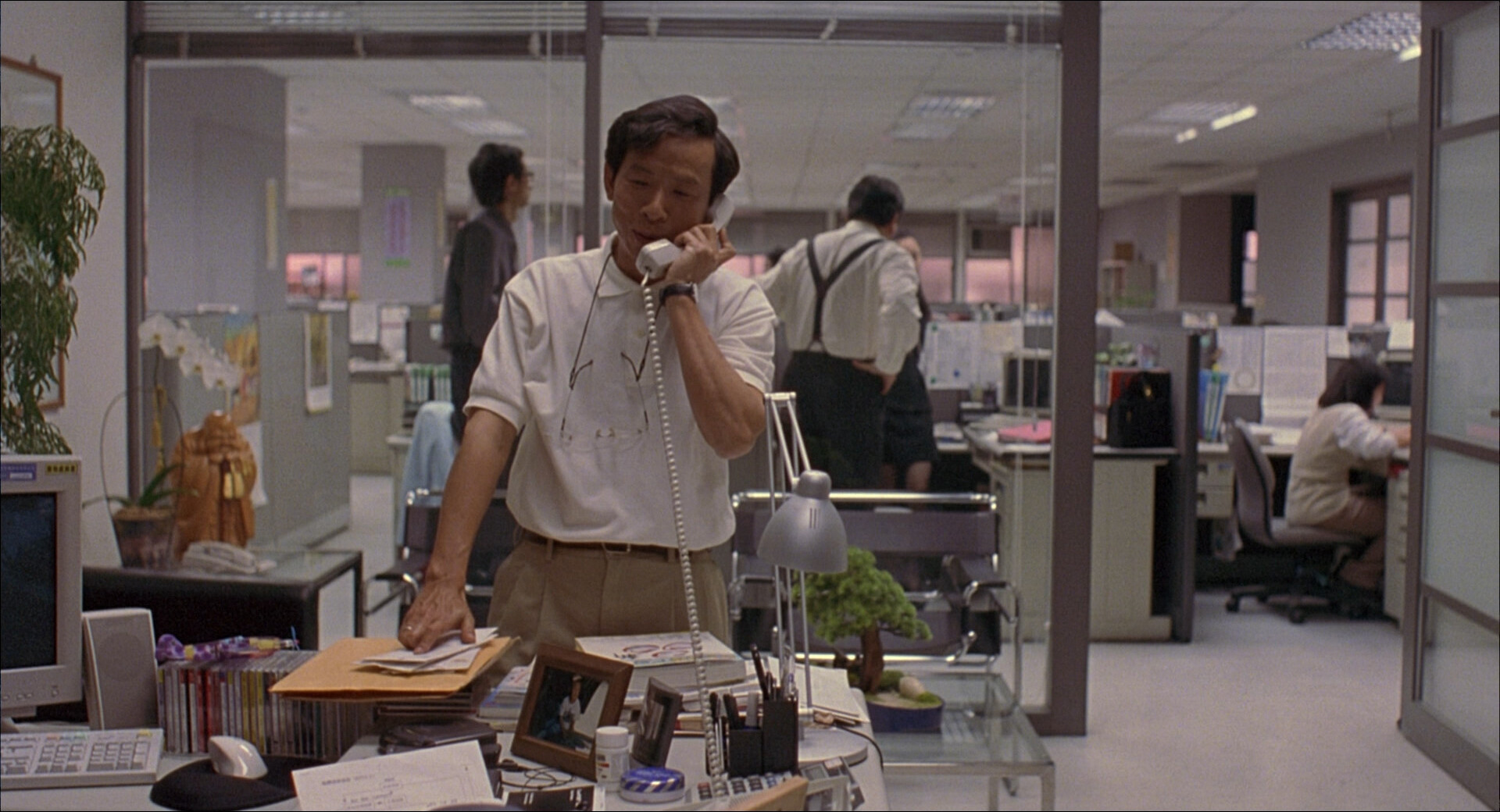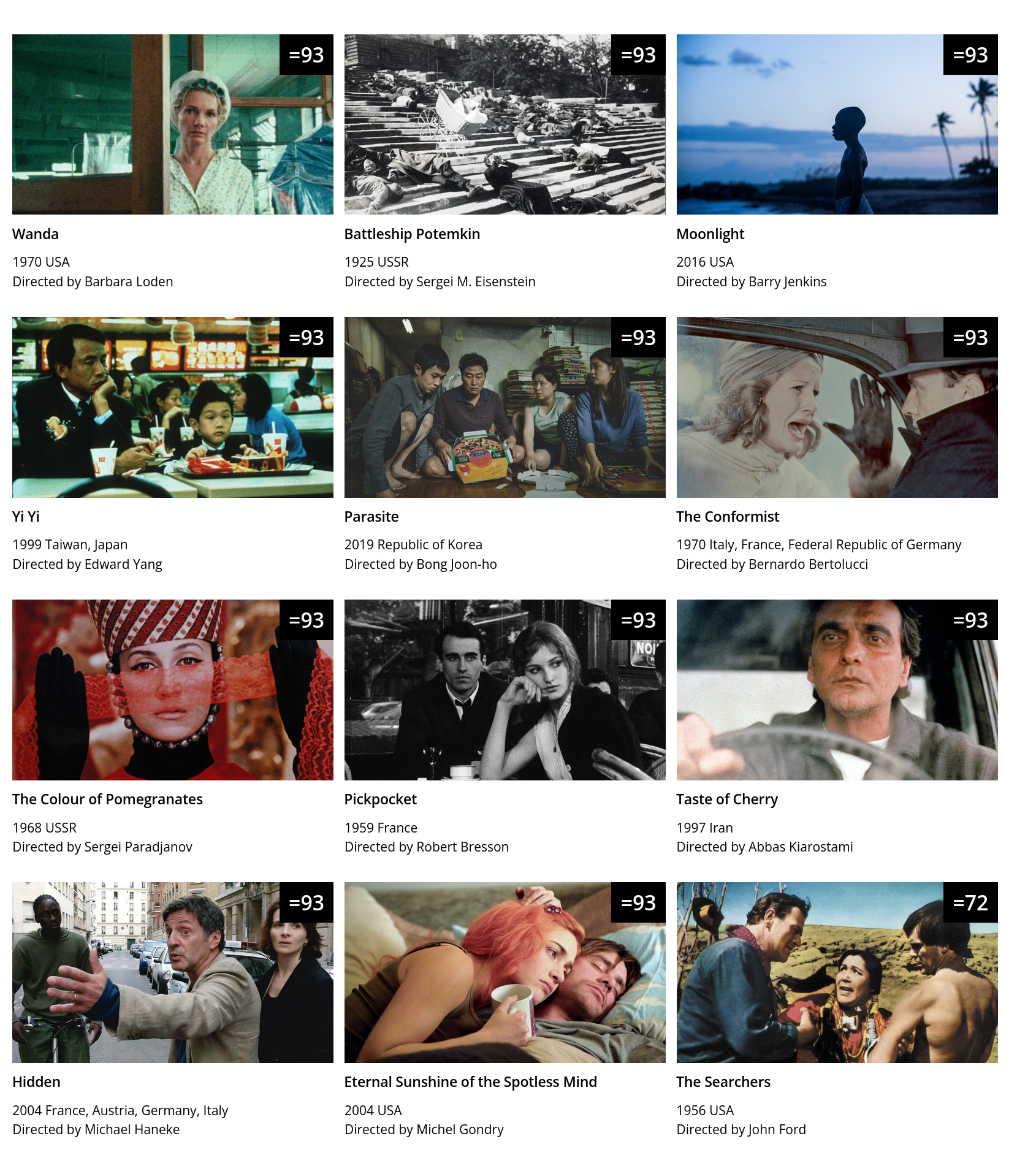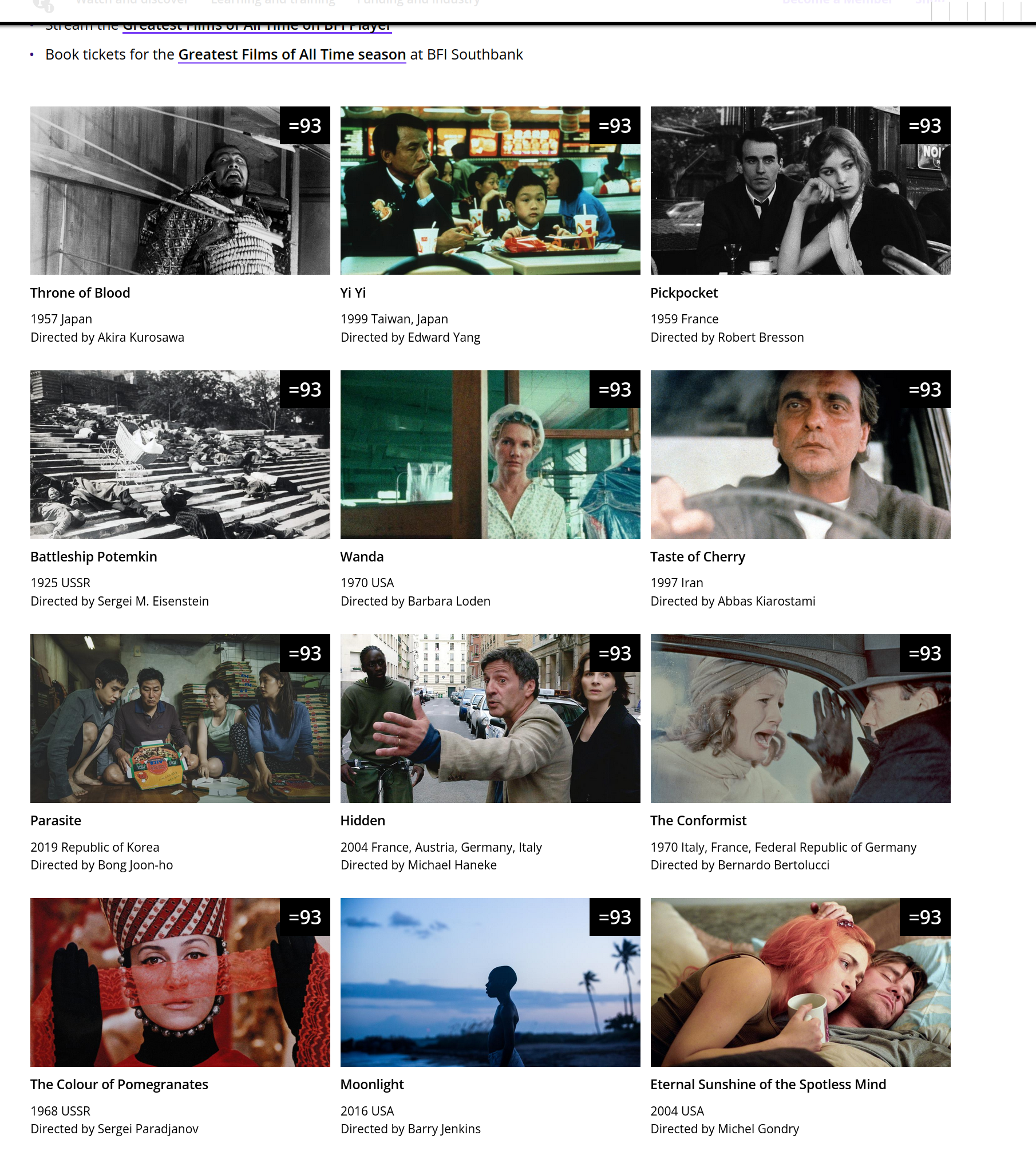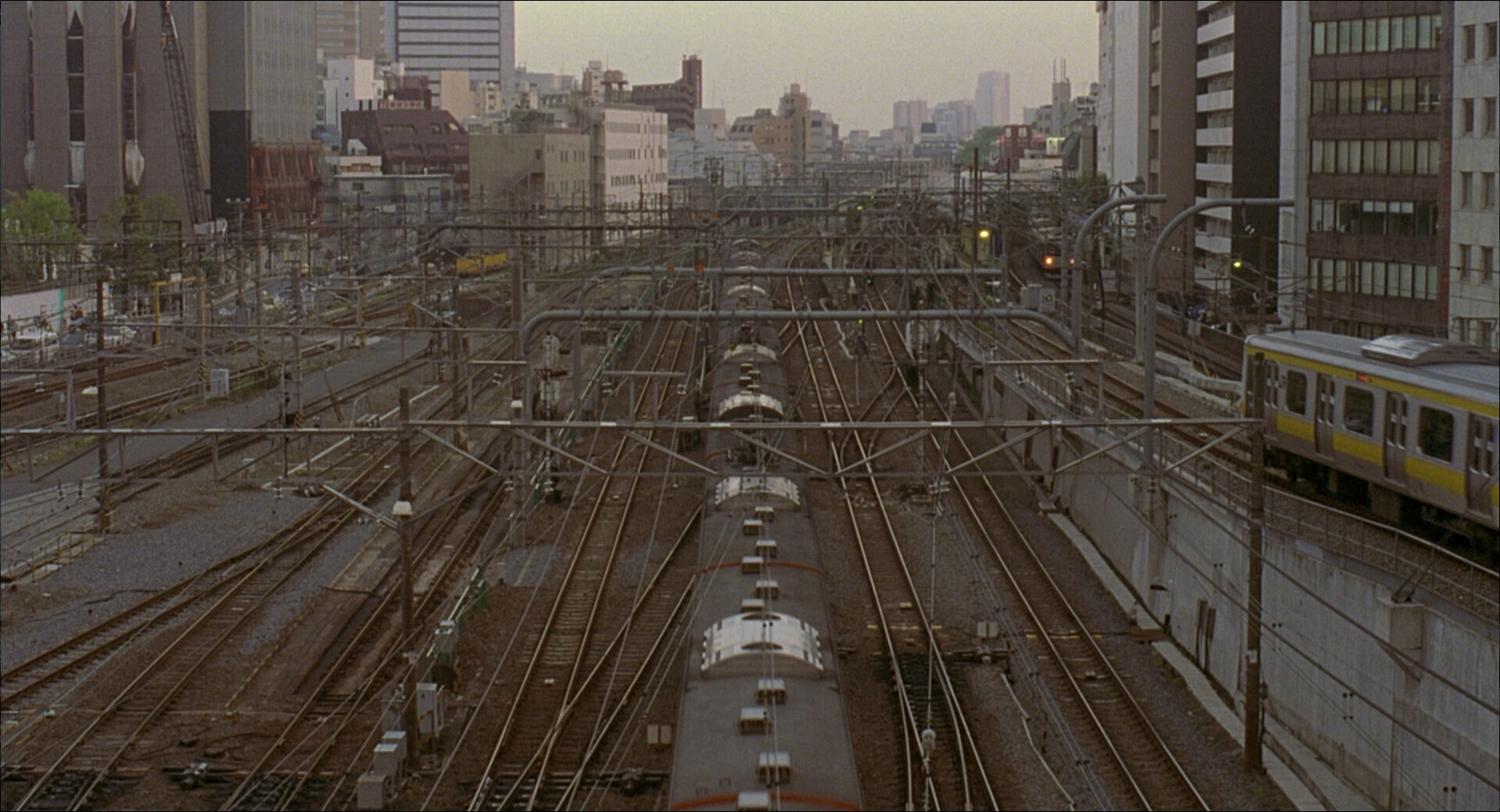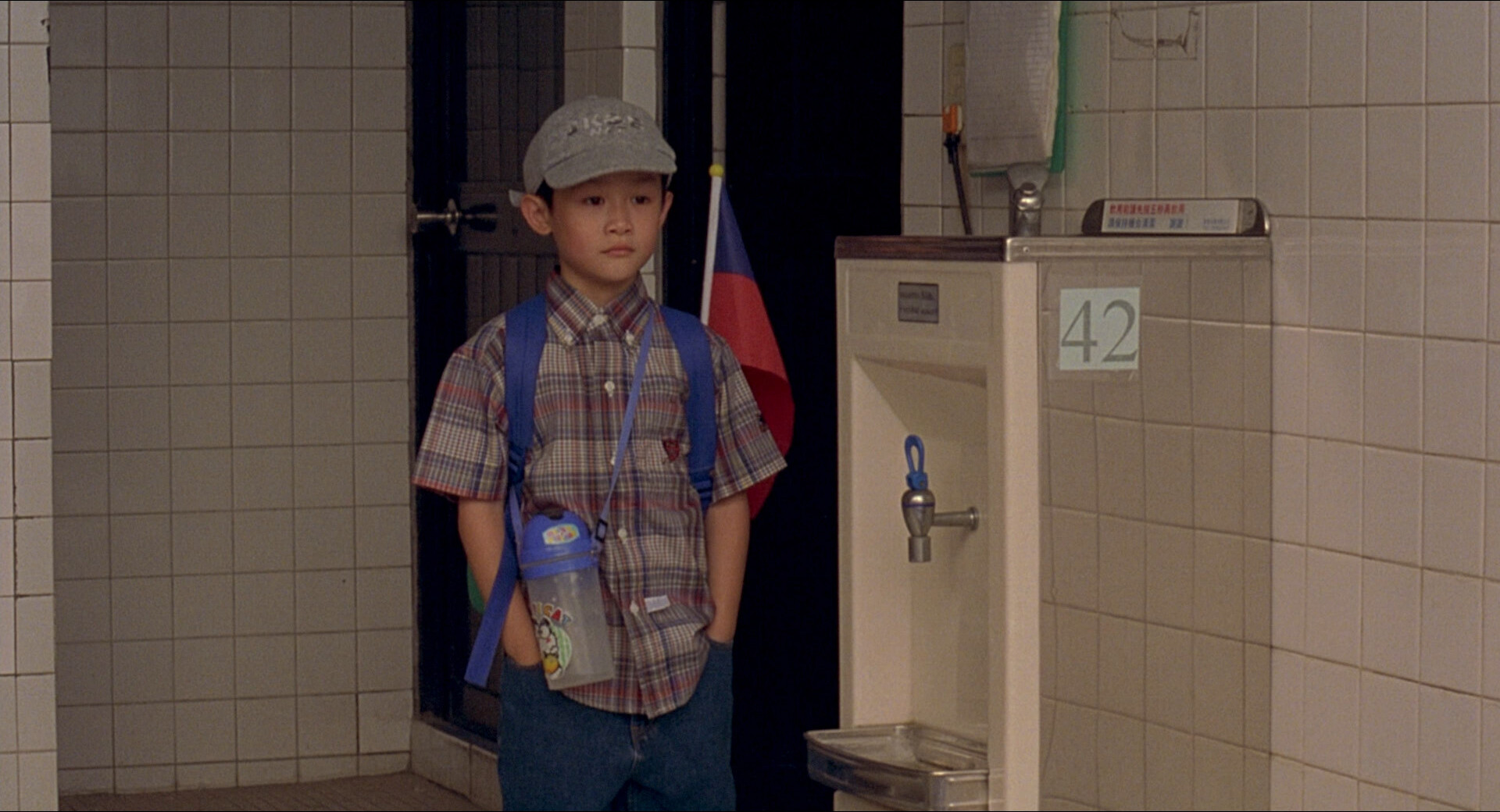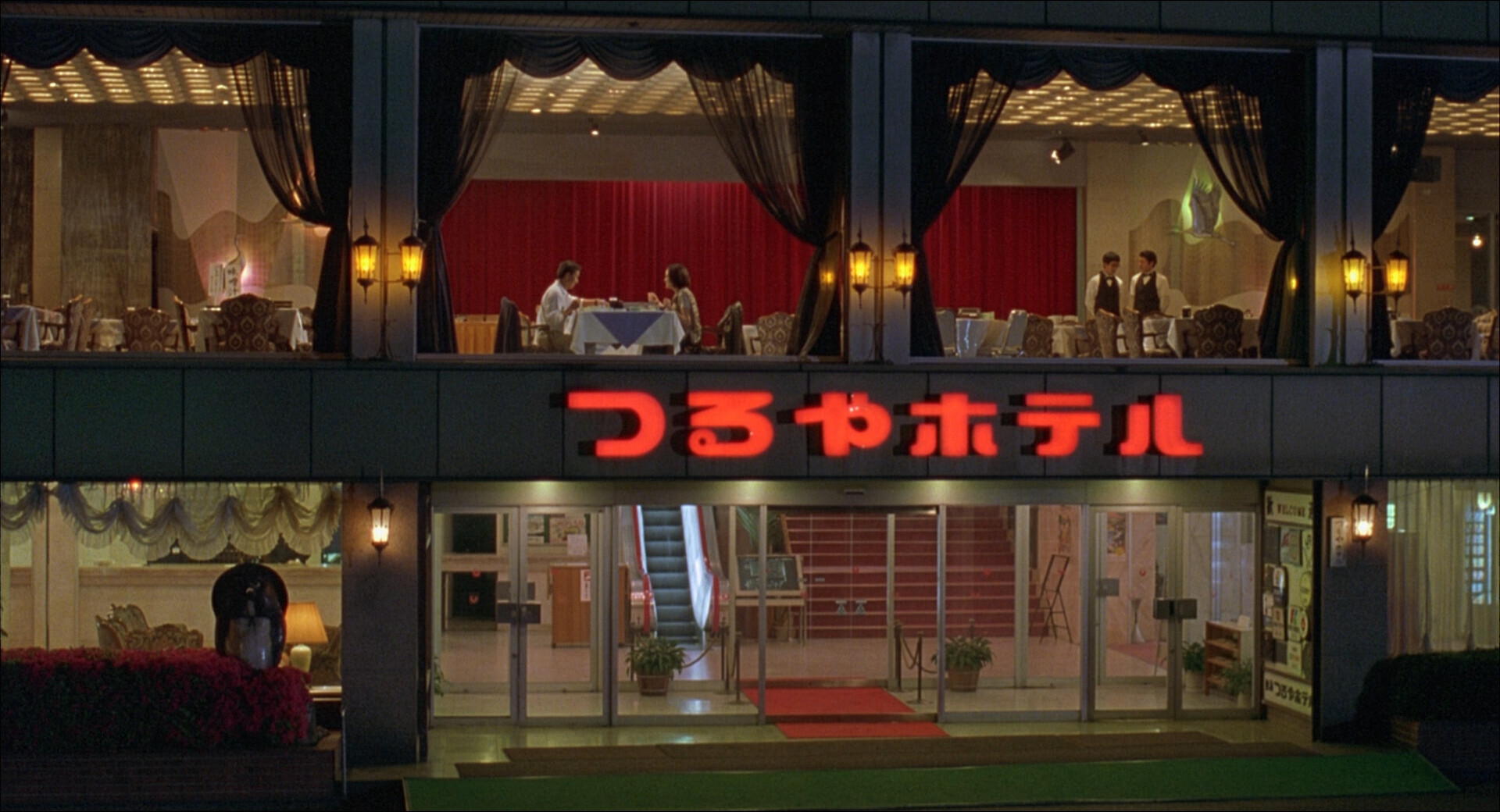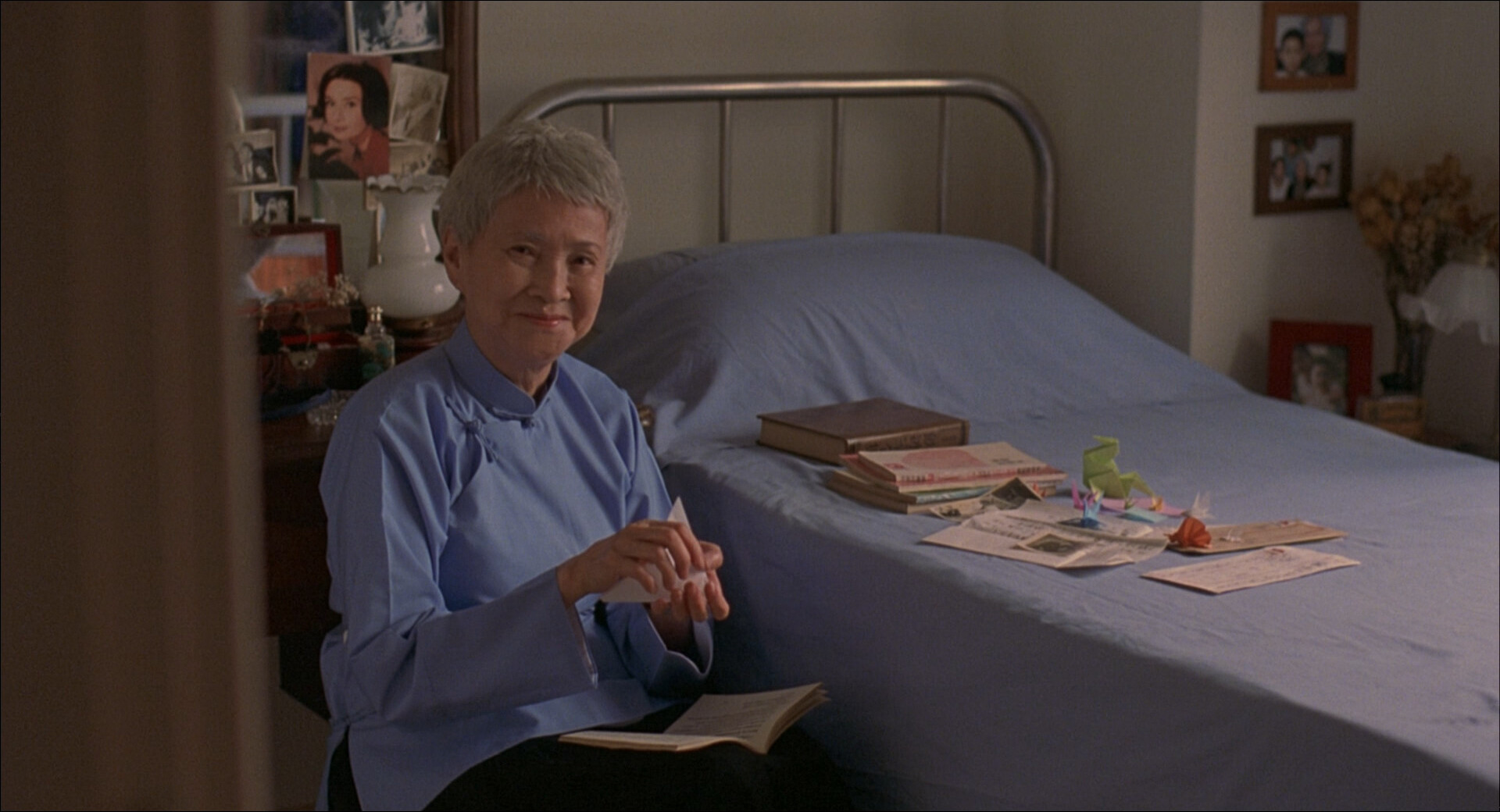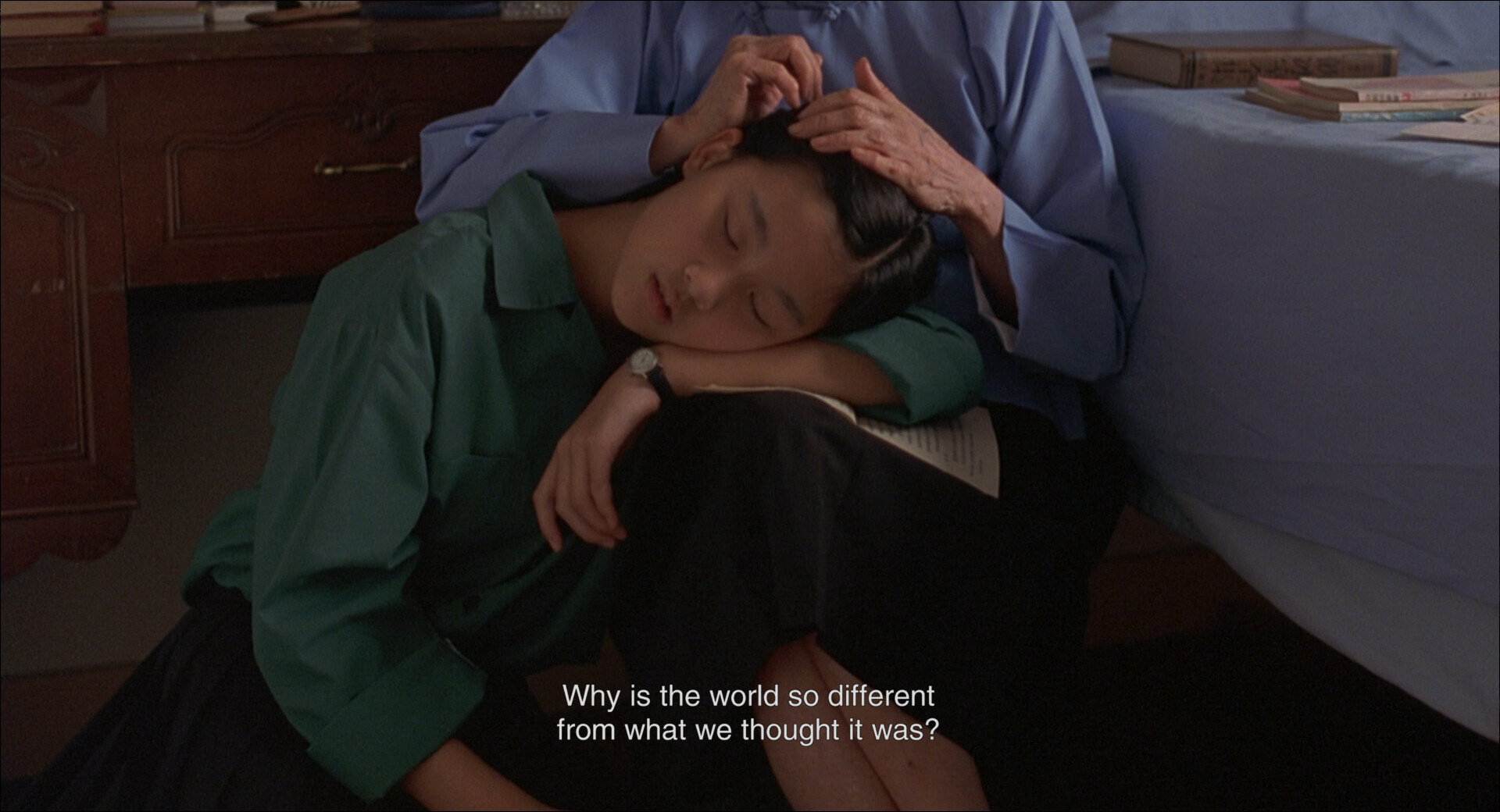I’ve seen this movie before, but I apparently didn’t blog about it then, so now I have to watch it again. *sob* Let that be a lesson to you all!
Err err err
OK, I don’t actually remember anything about this movie, except I remember I thought that it sucked — I remember feeling that it was Oscar bait or something. So there. Let’s see if that was correct…
The kids do a good job at delivering these really unconvincing lines, so that’s something.
As usual in these “I was a nerd and cool kids picked on me” things (you see this even more in comics than in movies), it’s automatically assumed that the viewer will identify and sympathise with the nerd character (because he’s getting picked on, after all). And that’s true! We do! So there’s no need to give the nerd character, well, any character at all.
And this movie takes this tendency to the max: The nerd character is a total non-entity, and does basically nothing of interest. As a result, the bullies just seem a lot more interesting. I mean, look at the two shots above: First we have the sadistic bully, and then we have the persecuted nerd. Who seems more interesting?
People! When doing a “I was a nerd and cool kids picked on me” thing, remember to give your nerd character. It can be anything! Give him or her a hobby! Anything! Just being picked-upon isn’t character.
This is kinda well made in some ways — there’s individual scenes that really work. But as a whole, it just doesn’t hold up.
But it’s an attractive movie in many ways, and I can totally see why somebody looking for a recent movie to include on their lists would include this: It’s a serious (oh so serious) drama, told in a very non-annoying way.
It’s interesting that more than half of the people who voted for this film are from the UK. Come to think of it, the bluray I have is a BFI release — was this film pushed heavily in the UK?
But I just can’t get over the hokey dialogue and etc, so:
Moonlight. Barry Jenkins. 2016. ⚂
This blog post is part of the Officially The Best 2022 series.
